

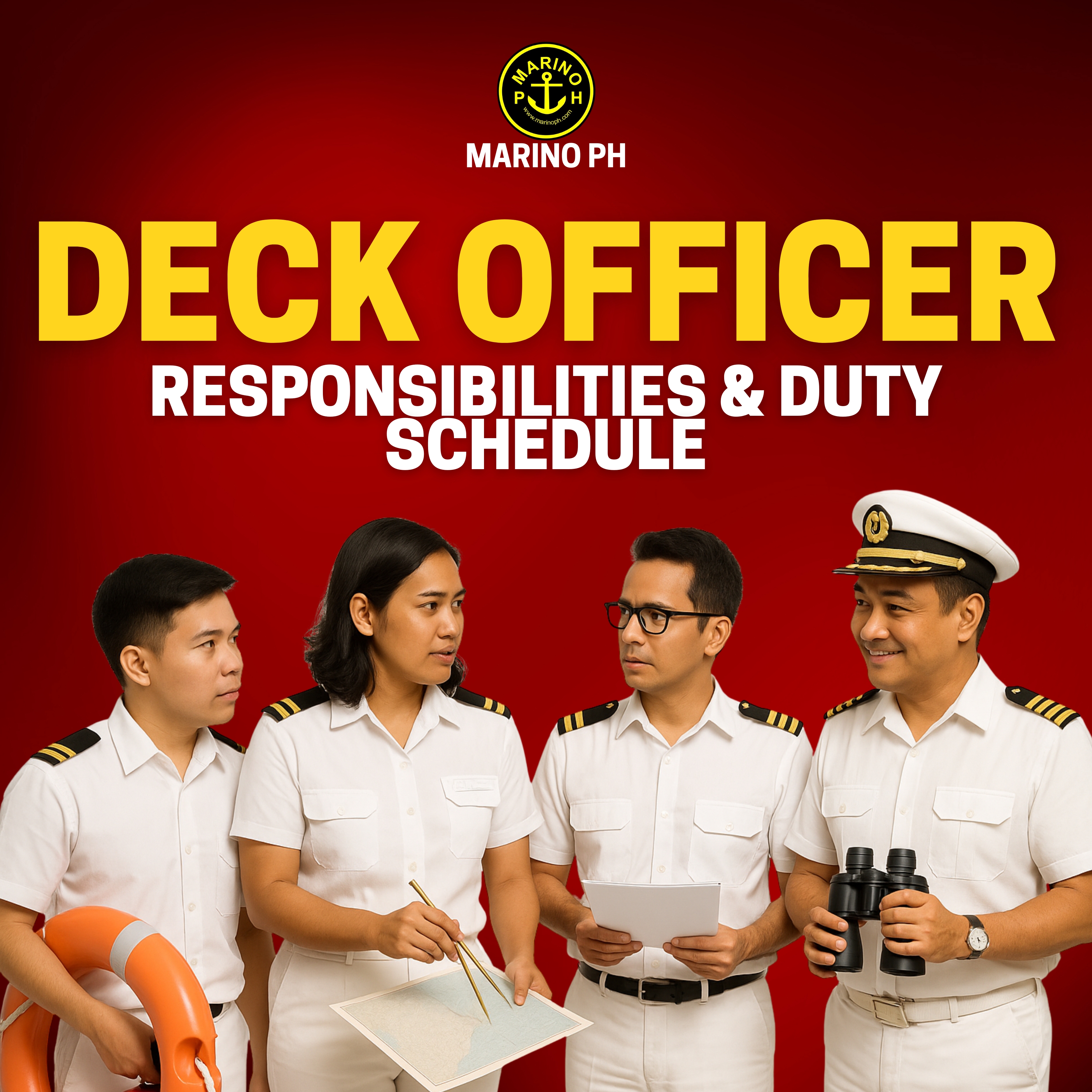
‣ Who is a Deck Officer? A Deck Officer is a licensed seafarer responsible for the safe navigation, cargo operations, crew supervision, and overall safety of the ship. They work under the Captain (Master) and are essential for the smooth operation of the vessel at sea and in port. Responsibilities & Duty Schedule Captain ‣Overall command of the ship, crew, and cargo ‣Ensures compliance with maritime laws & safety regulations ‣Decision-maker during navigation, emergencies, and port operations ‣Represents the ship to port authorities & company Chief Officer ‣Manages deck crew & cargo operations ‣Responsible for ship’s stability, loading, and ballasting ‣Supervises safety drills & emergency preparedness ‣Ensure safe navigation and safety at all times. TIME: 04:00 – 08:00 → (Morning Watch) 16:00 – 20:00 → (Evening Watch)
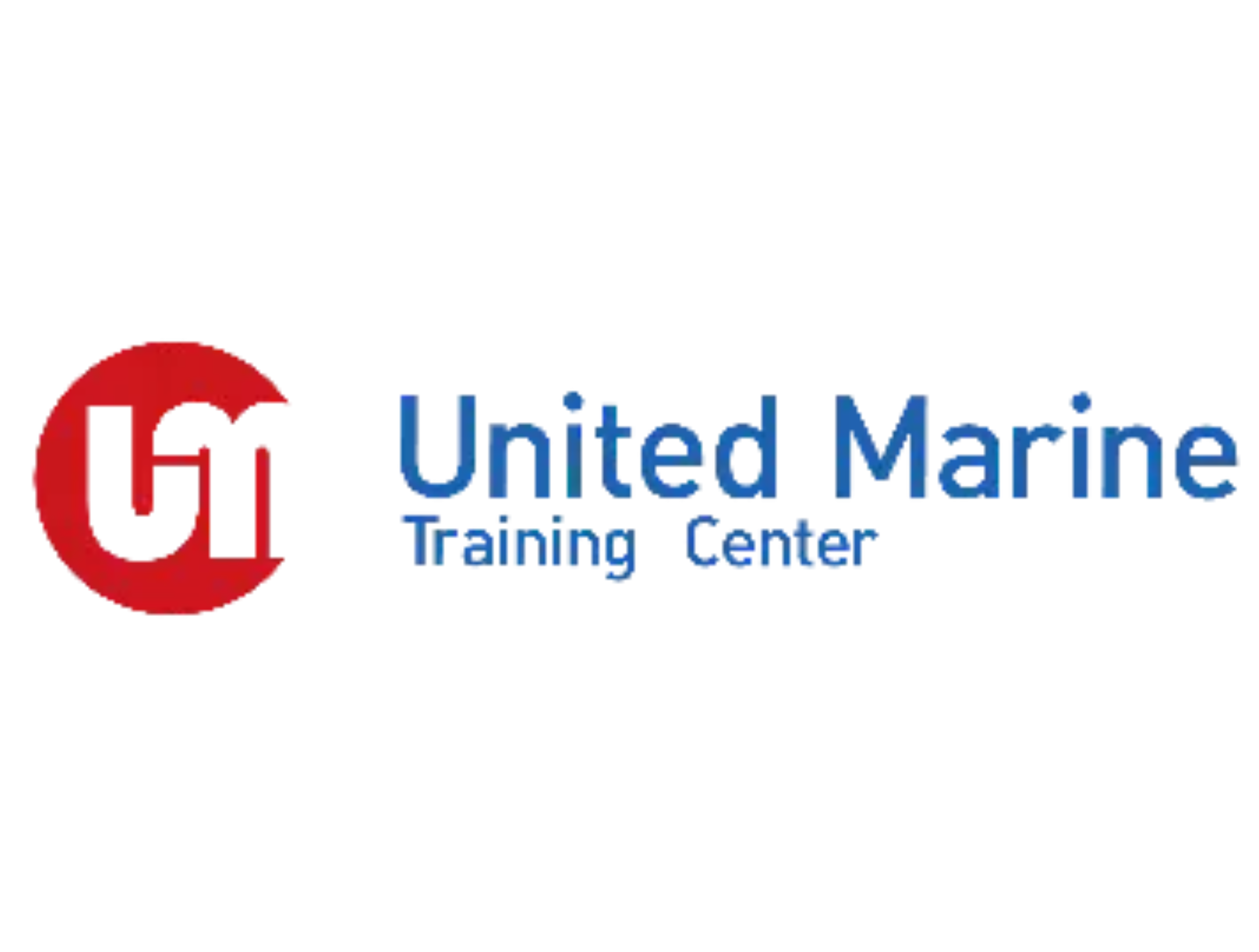
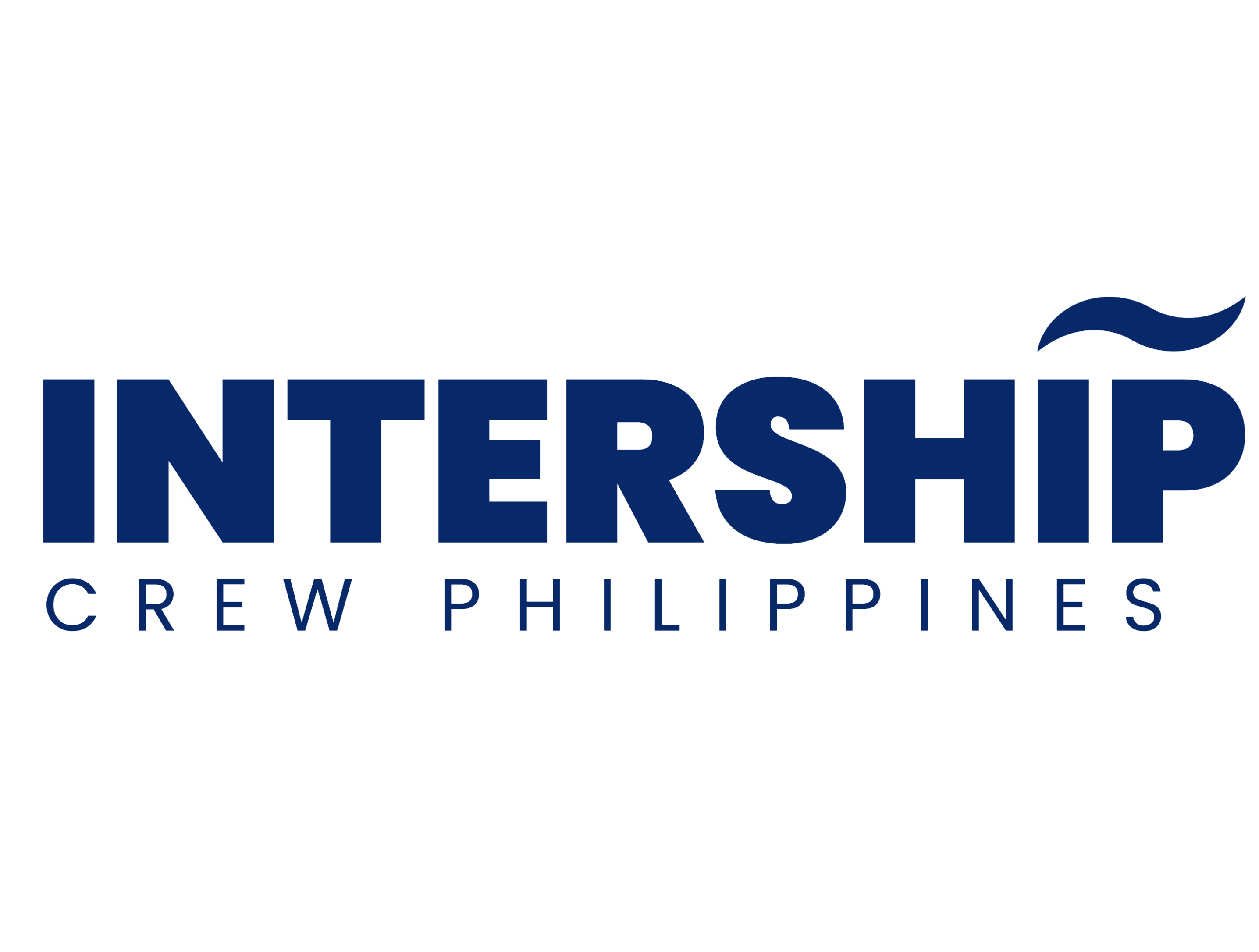
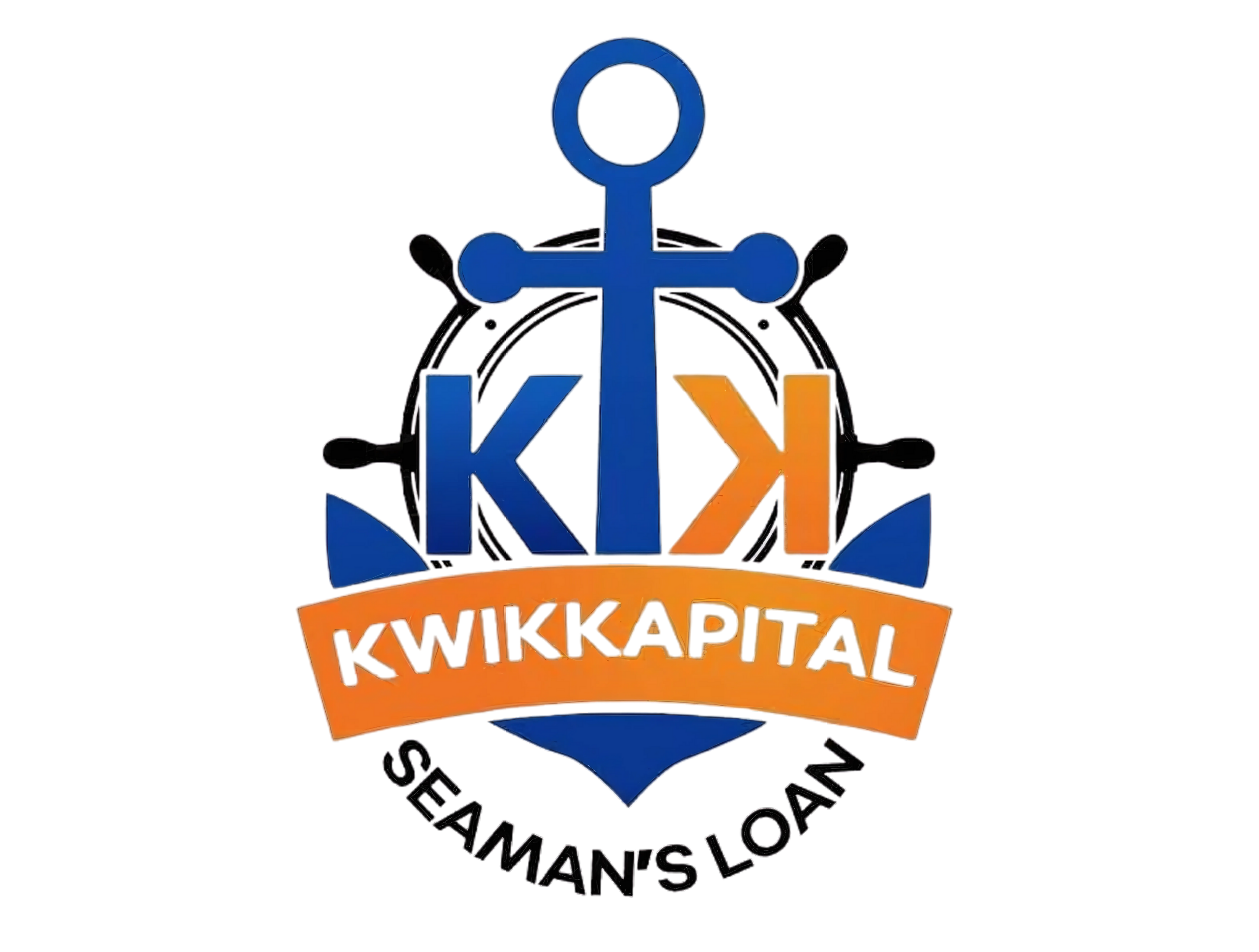
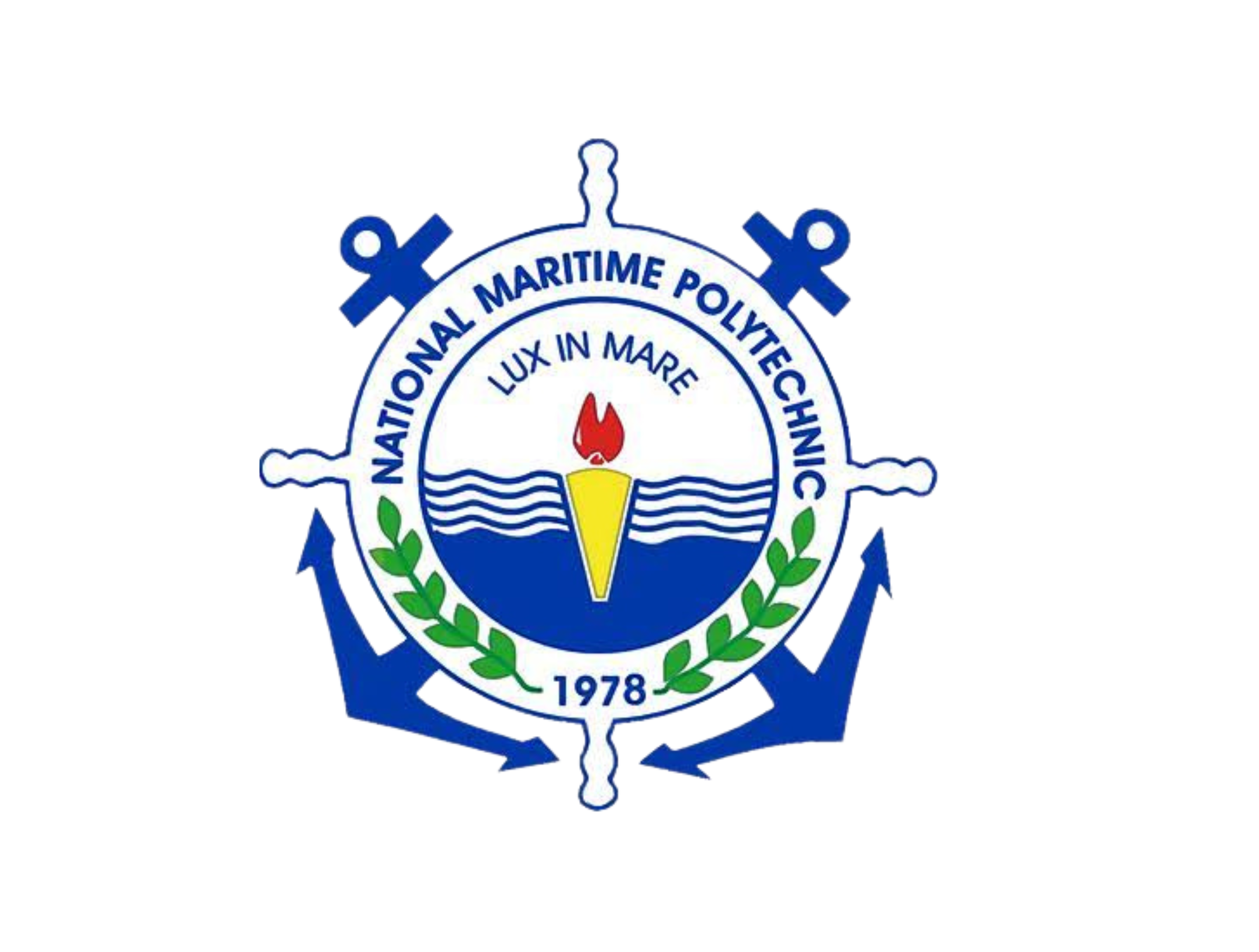
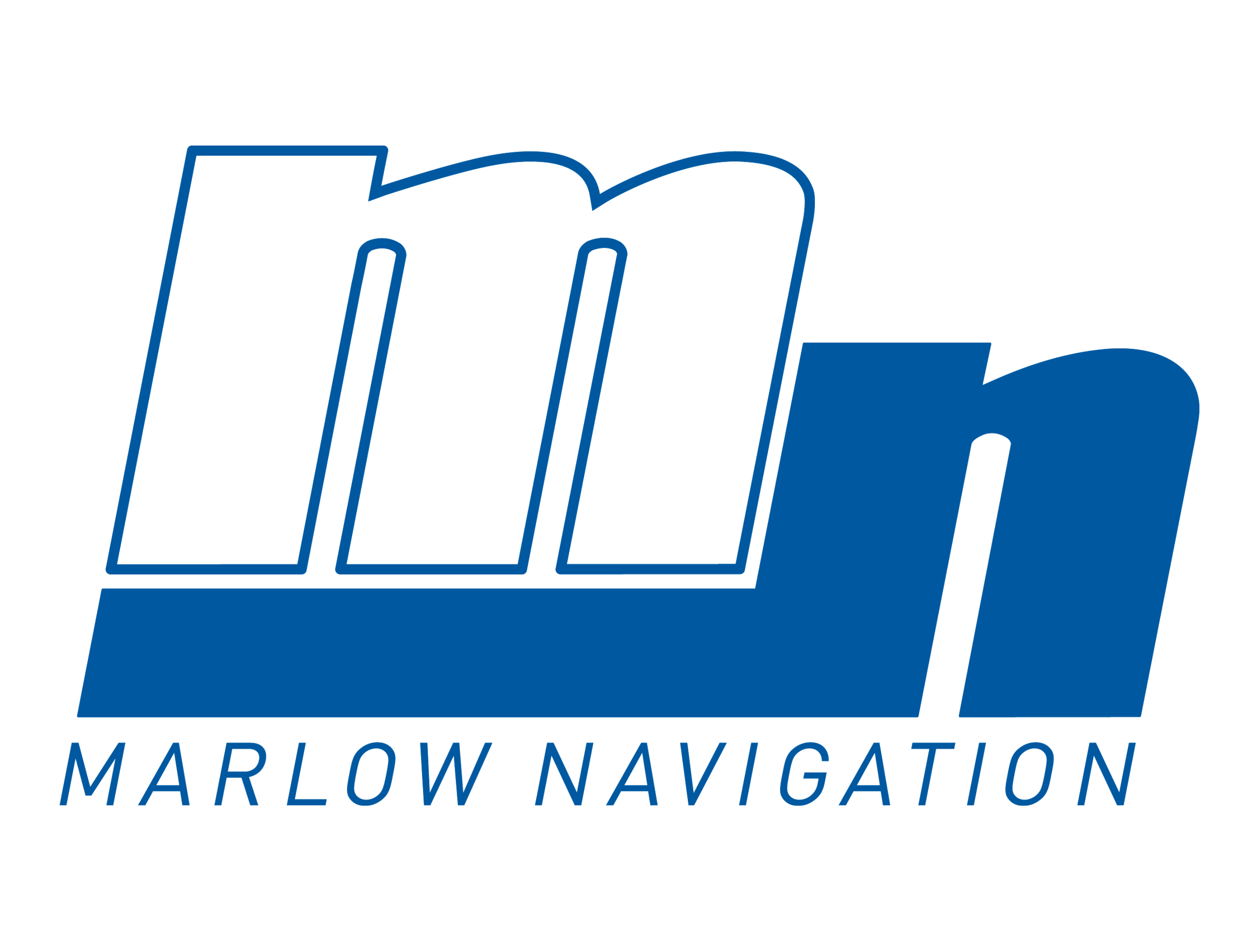


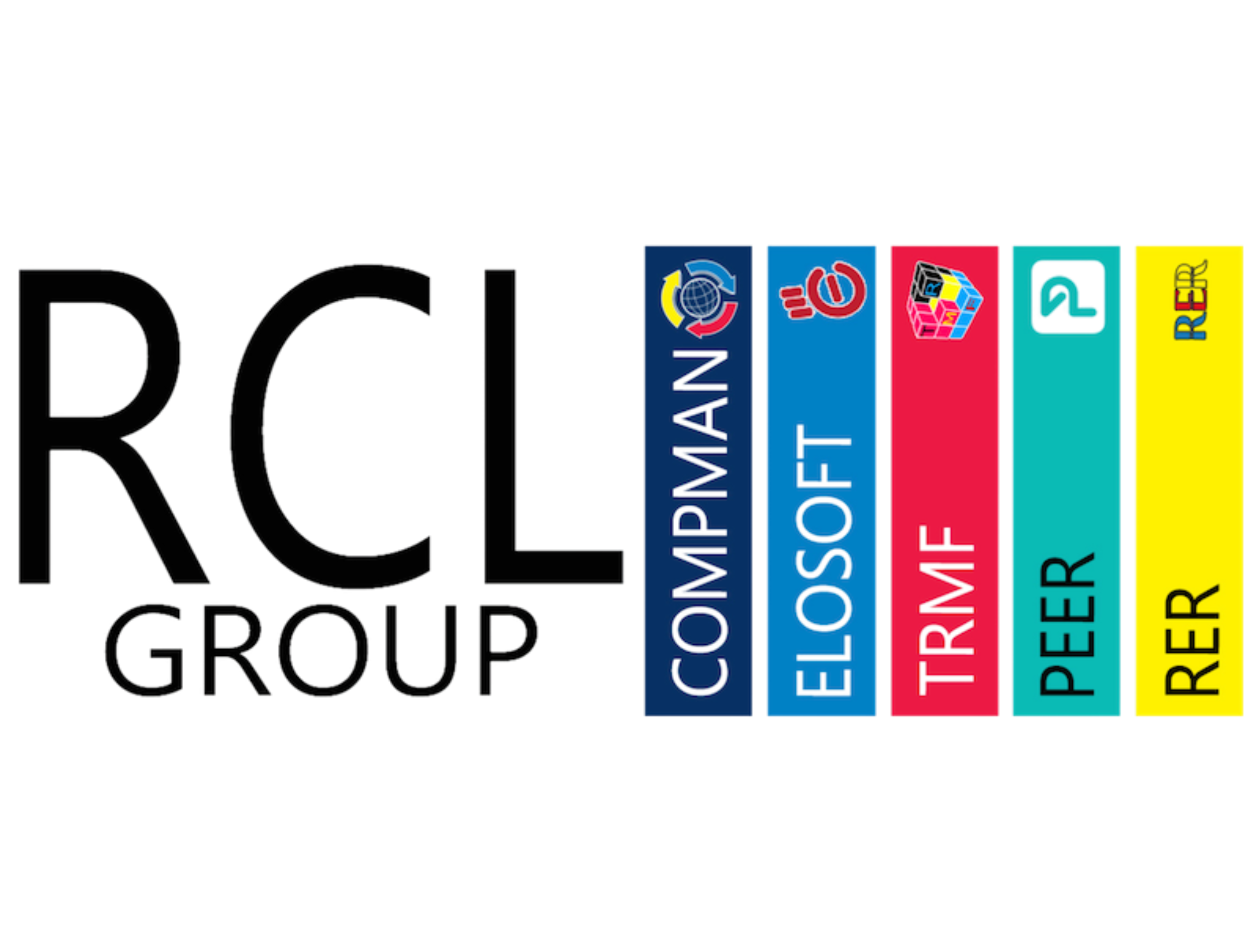

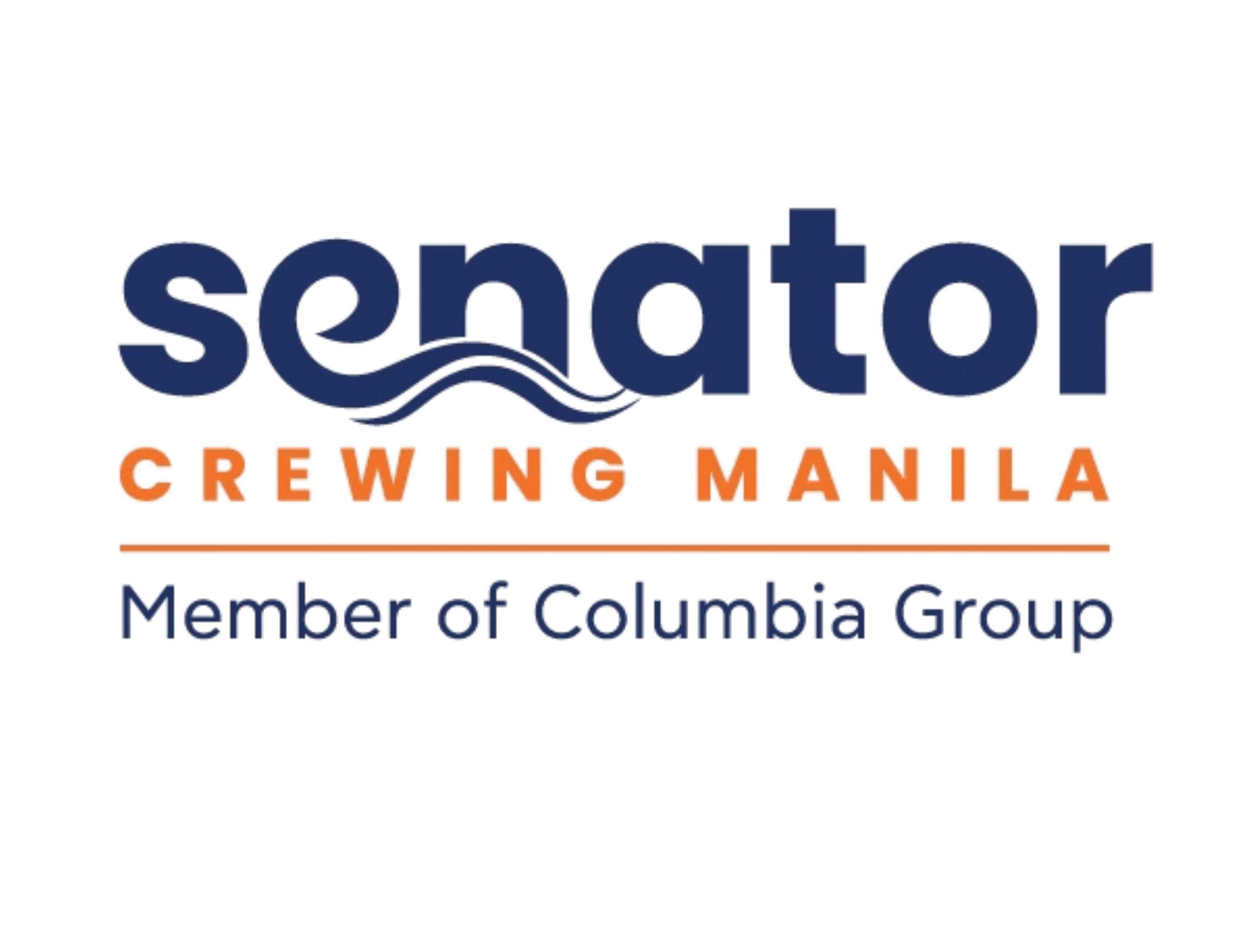


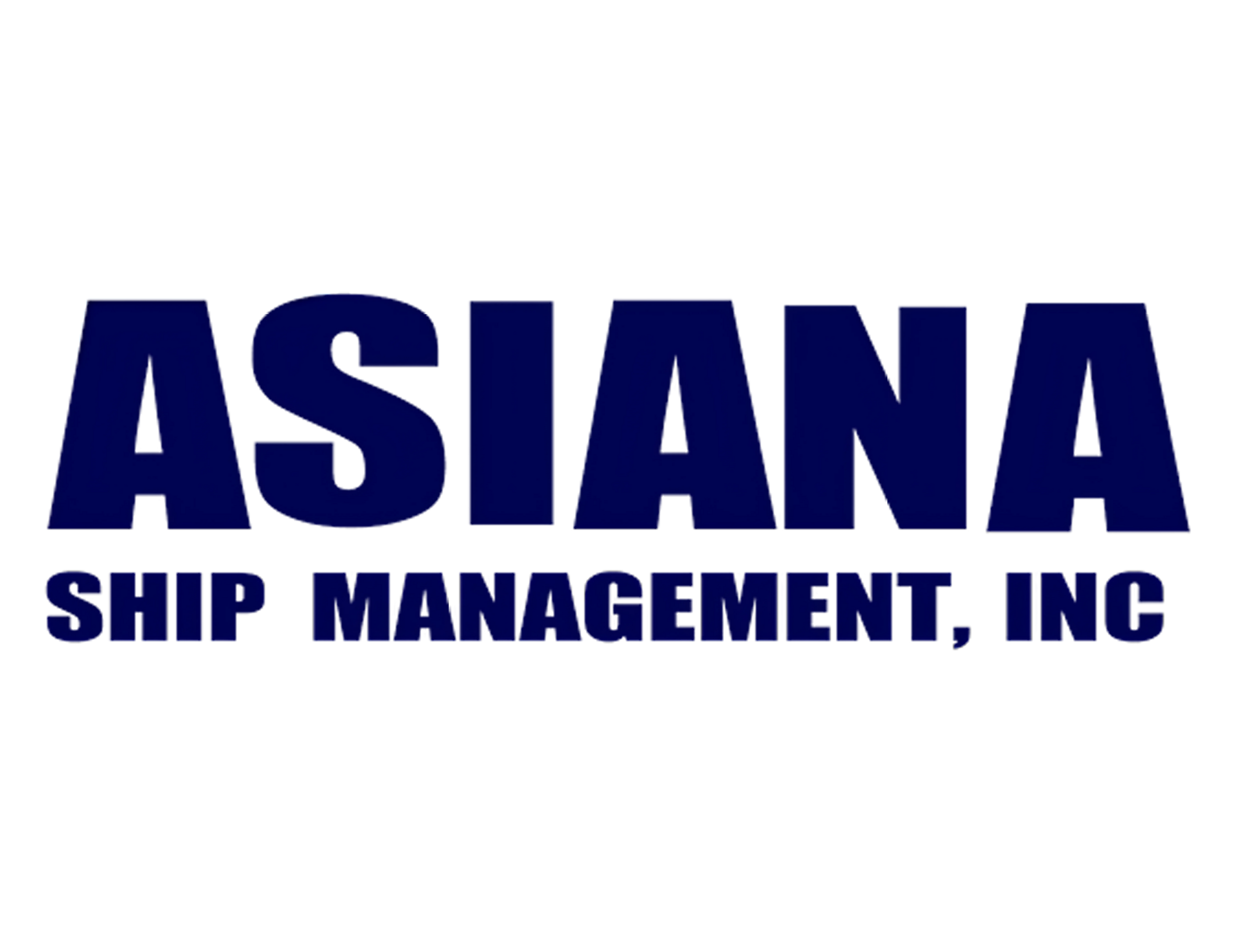
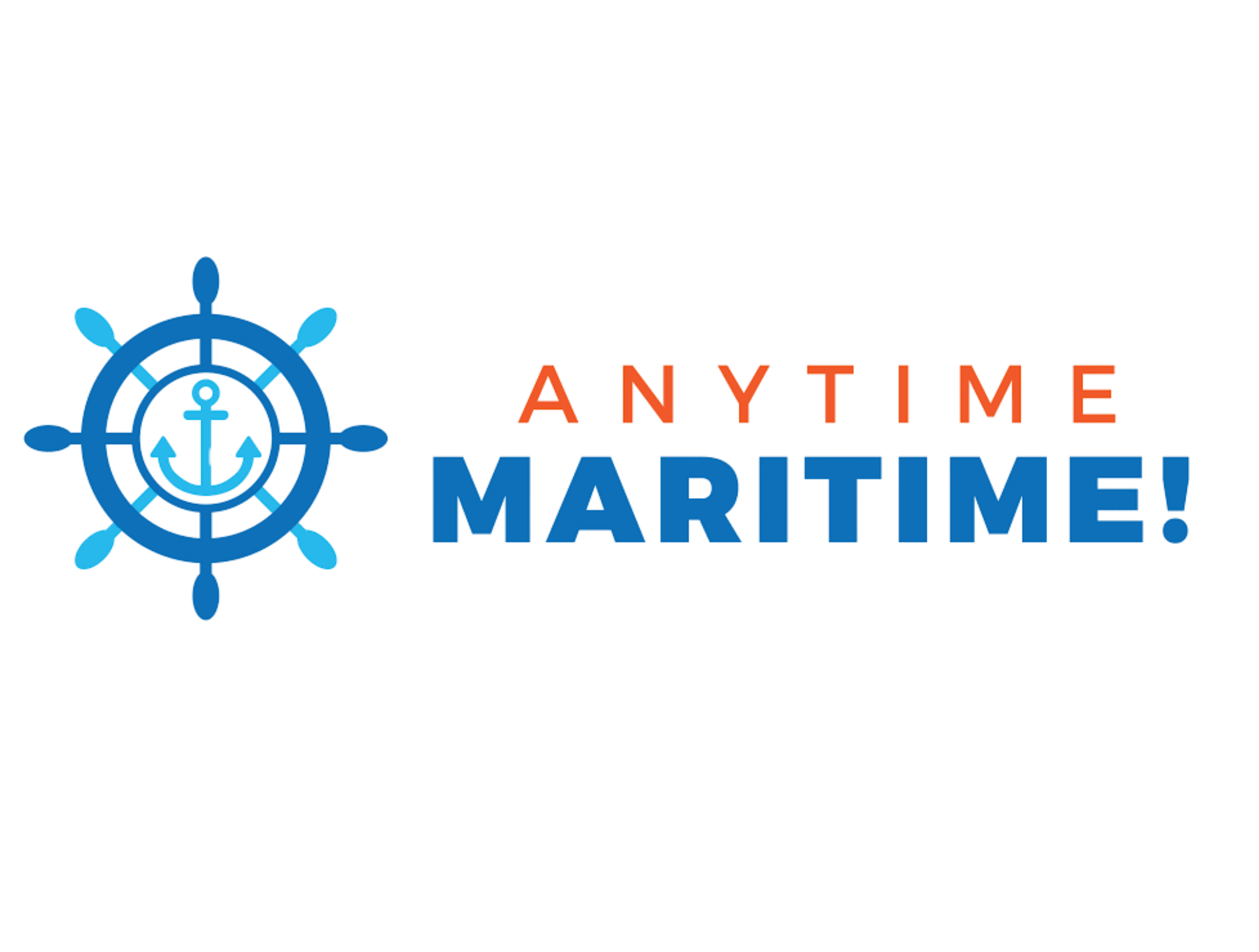


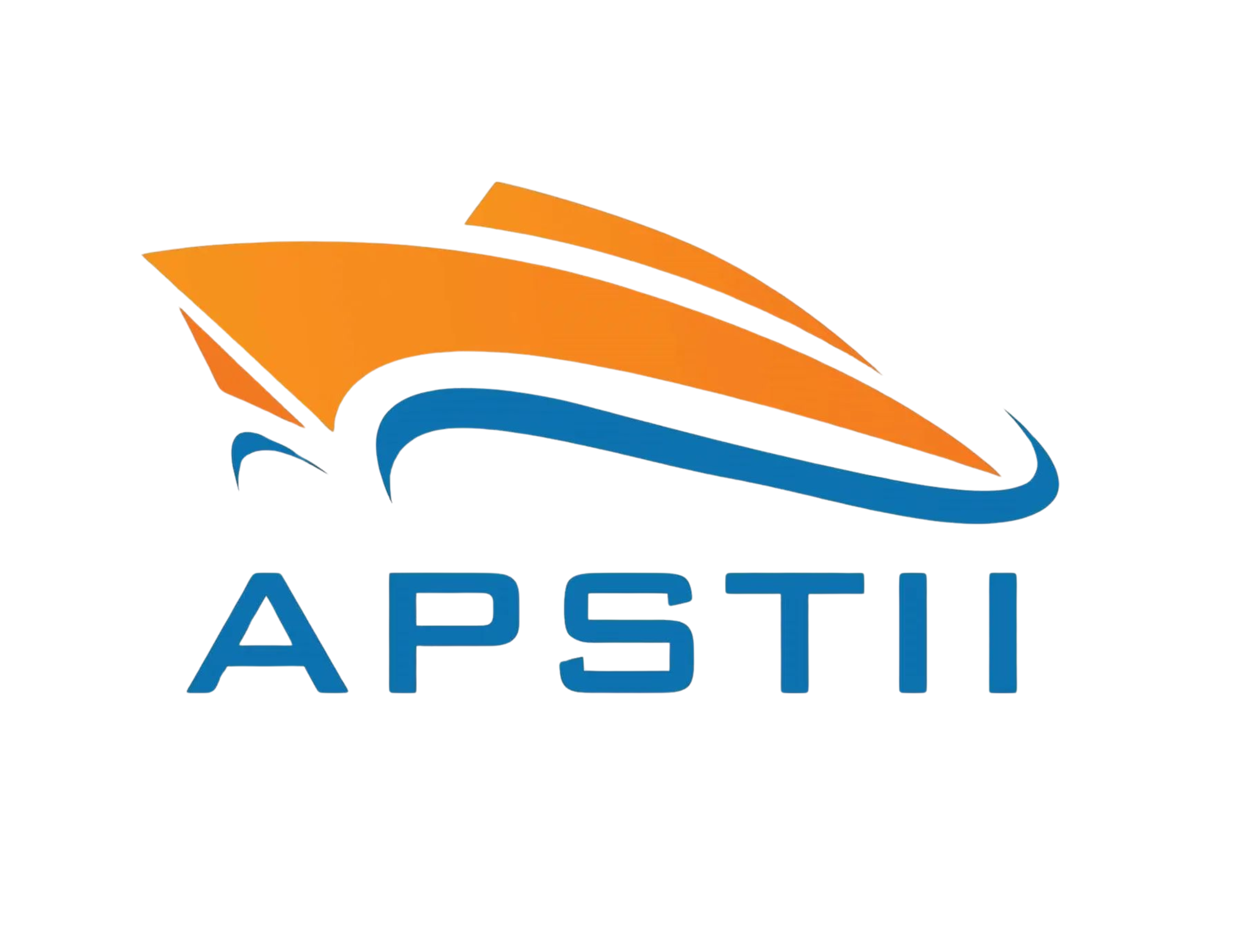
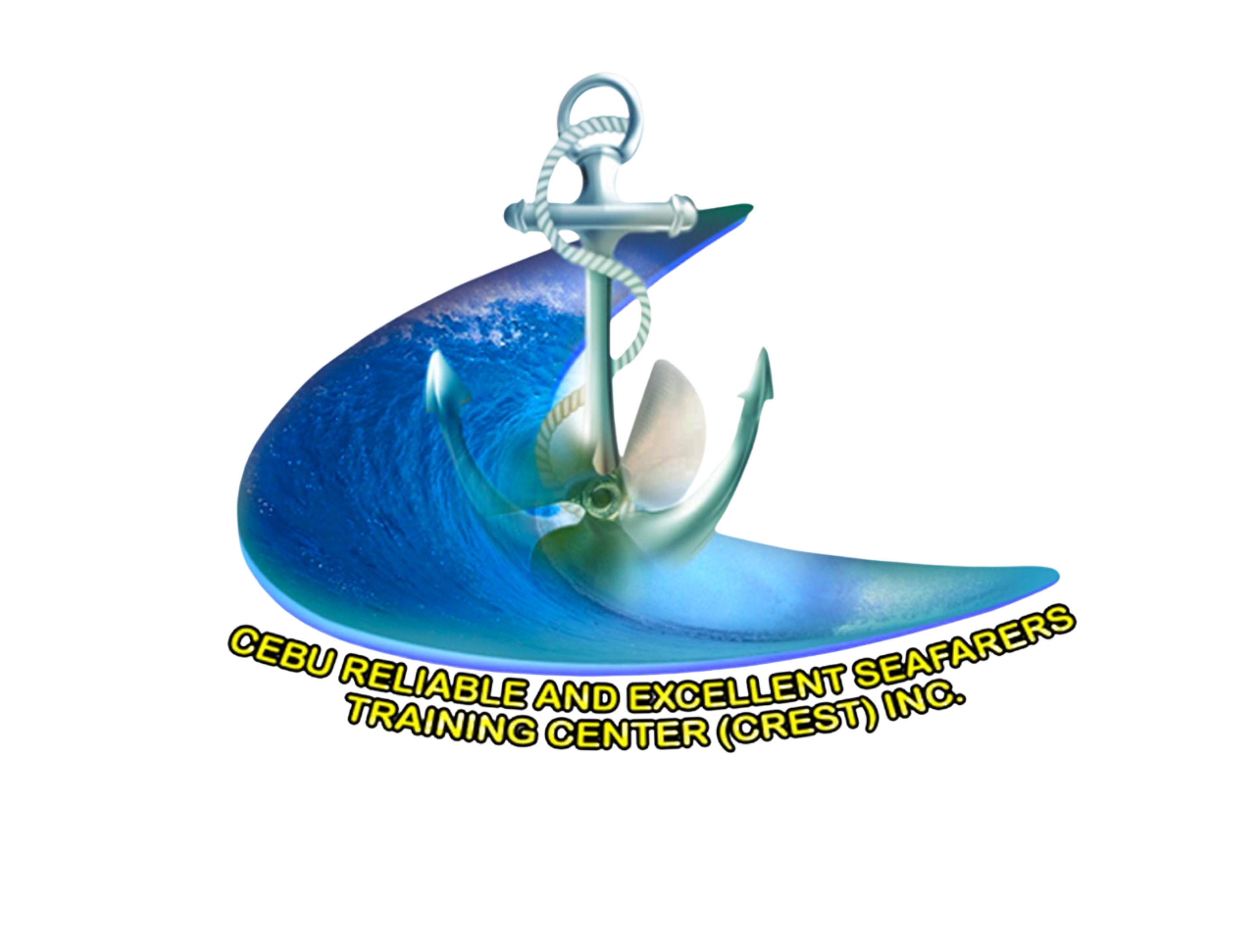
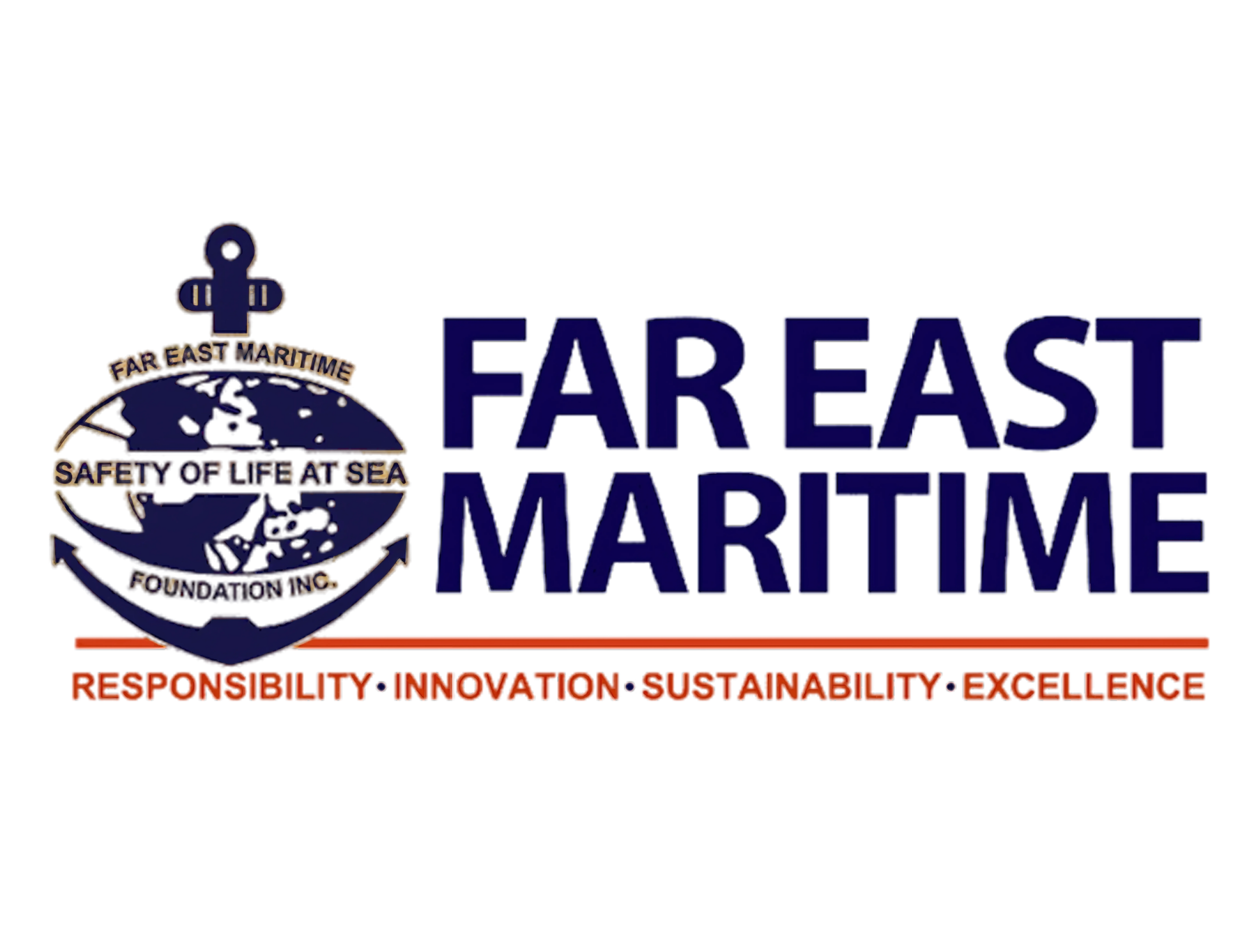

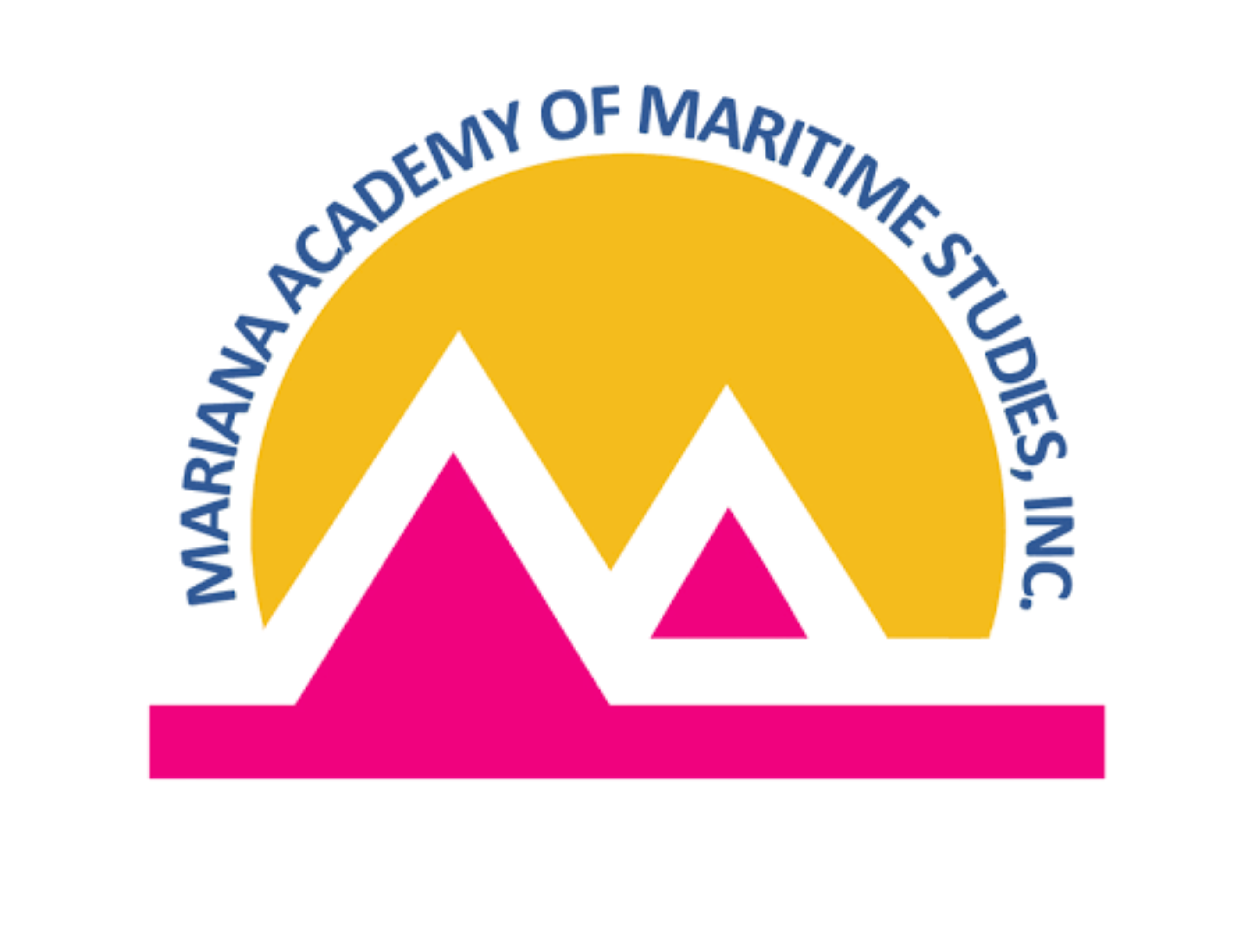






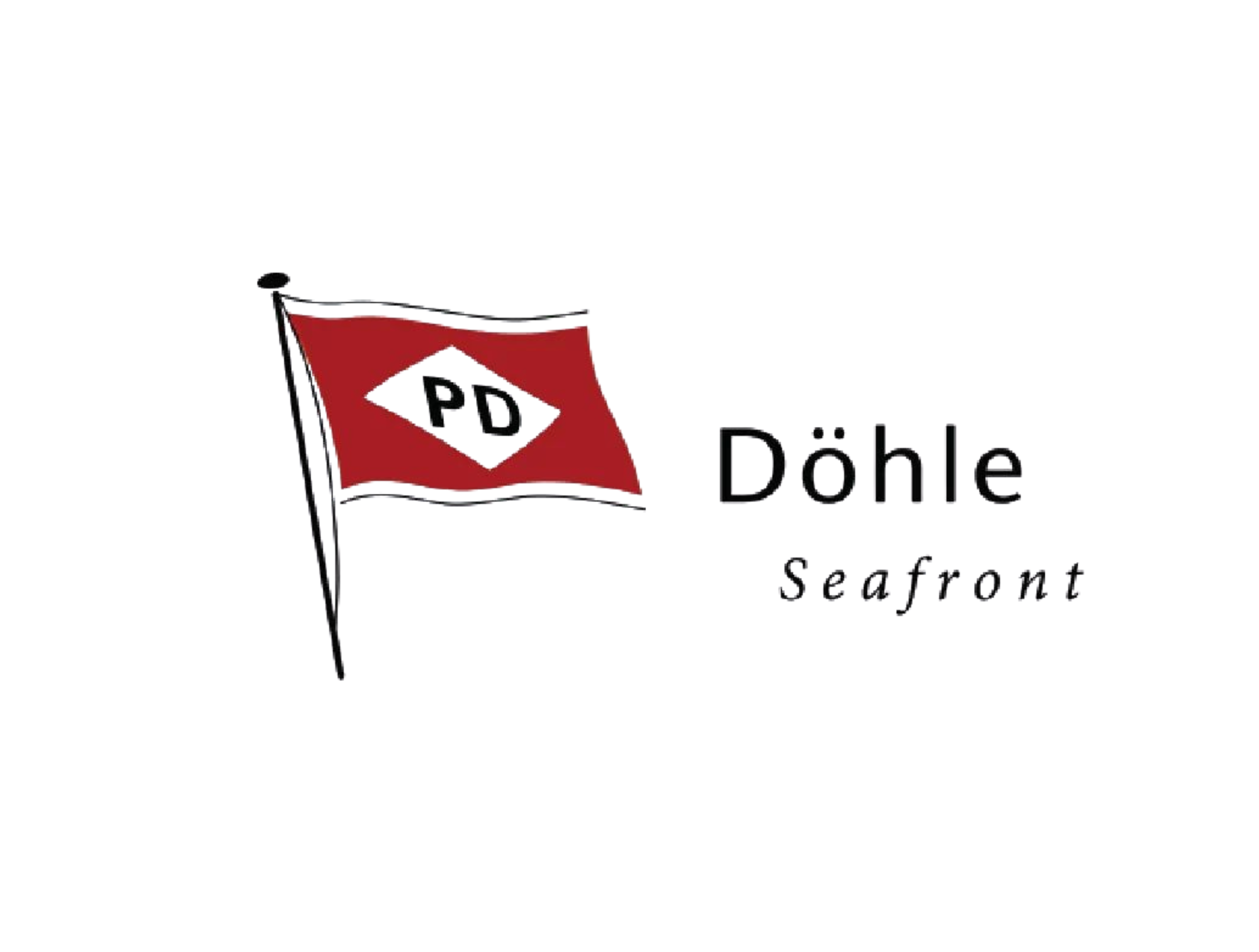

MARPOL, the International Convention for the Prevention of Pollution from Ships, sets global standards to minimize marine pollution from shipping. The convention is divided into six annexes, each addressing specific types of pollutants: Annex I – Oil Pollution: Regulates the discharge of oil and oily mixtures from ships, including operational and accidental oil spills. It mandates oil discharge monitoring and containment measures. Annex II – Noxious Liquid Substances: Covers the control of pollution by harmful liquid substances carried in bulk, requiring proper documentation, handling, and discharge restrictions. Annex III – Harmful Substances in Packaged Form: Focuses on preventing marine pollution by packaged hazardous materials, including labeling, documentation, and stowage standards. Annex IV – Sewage: Sets requirements for the treatment and discharge of sewage from ships, aiming to protect coastal and open waters from contamination. Annex V – Garbage: Regulates the disposal of ship-generated waste, prohibiting dumping of plastics and controlling the discharge of other refuse to safeguard the marine environment. Annex VI – Air Pollution: Limits emissions from ships, including sulfur oxides (SOx), nitrogen oxides (NOx), and ozone-depleting substances, promoting cleaner shipping fuels and engine technologies.
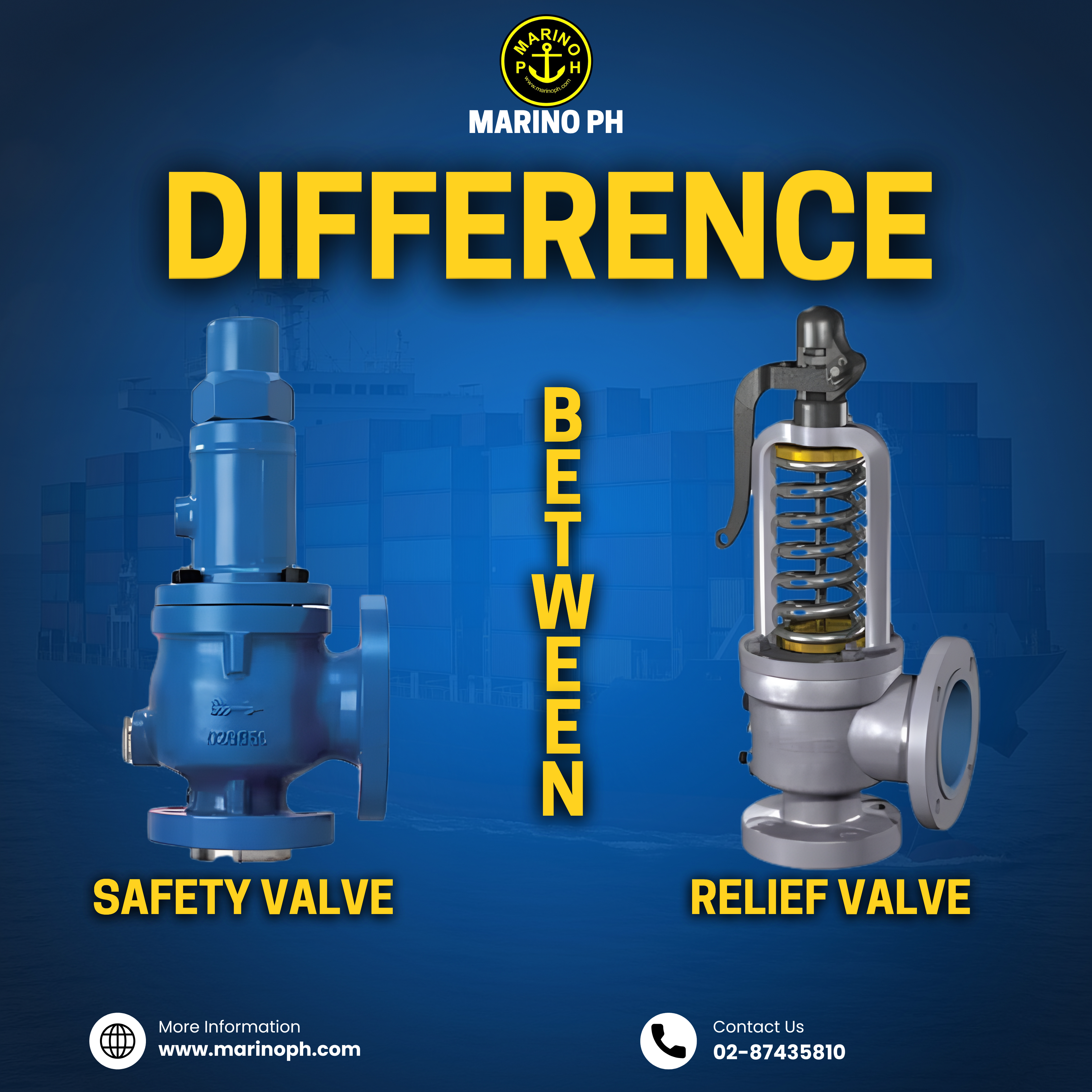
Safety Valves vs Relief Valves
Safety Valves vs Relief Valves: Understanding Their Roles in Marine Engineering Safety valves and relief valves are crucial pressure-control devices used throughout marine and industrial systems, but they are often misunderstood or used interchangeably. In reality, each valve serves a distinct purpose based on the type of fluid in the system and the level of protection required. Safety valves are primarily used in systems containing compressible fluids, such as steam, air, or gas. Their main purpose is to prevent dangerous overpressure conditions that can occur suddenly, especially in boilers and steam lines. When pressure reaches the set limit, a safety valve opens instantly, releasing a large amount of steam or gas in what is known as “pop action.” This rapid discharge prevents severe equipment damage, structural failure, and potential explosions, making safety valves one of the most critical safety components on board a vessel.

Maritime Zones Explained: The Boundaries of Our Seas
The concept of maritime zones is a cornerstone of international maritime law, defined primarily by the United Nations Convention on the Law of the Sea (UNCLOS). These zones determine the extent of a coastal state’s rights, responsibilities, and jurisdiction over the waters and resources adjacent to its shores. Background • Maritime zones were established to resolve disputes over navigation, resource ownership, and national security. • Boundaries are measured from a country’s baseline (usually the low-water mark along the coast). • The key zones include: • Internal Waters – full sovereignty like land territory. • Territorial Sea – up to 12 nautical miles. • Contiguous Zone – up to 24 nautical miles. • Exclusive Economic Zone (EEZ) – up to 200 nautical miles. • Continental Shelf – may extend beyond 200 nautical miles depending on natural features. Purpose • Internal Waters – treated like land territory, full state control. • Territorial Sea (12 nm) – authority over navigation, resources, and law enforcement. • Contiguous Zone (24 nm) – enforcement against smuggling, illegal entry, and security threats. • Exclusive Economic Zone (200 nm) – exclusive rights to explore and exploit resources (fish, oil, gas). • Continental Shelf – rights over seabed resources even beyond EEZ. Importance • Safeguards national security and territorial sovereignty. • Ensures sustainable use of marine resources (fisheries, oil, gas). • Provides control over shipping routes and trade lifelines. • Strengthens sovereignty in disputed waters (vital for nations like the Philippines). • Globally, reduces conflict, promotes order and cooperation, and protects the marine environment.

LATHE MACHINE; THE MOTHER OF ALL MACHINES A lathe machine is a powerful tool in both industrial and maritime workshops. By rotating a workpiece against a cutting tool, it enables precise shaping, drilling, and finishing of materials. This makes it vital for manufacturing components such as shafts, propeller parts, and other cylindrical items that require high accuracy. How a Lathe Machine Works At its core, a lathe machine consists of a headstock, tailstock, bed, and carriage. The headstock houses the spindle and speed controls, delivering rotational motion to the workpiece. The tailstock provides support and can hold auxiliary tools like drills or reamers. The bed acts as a rigid base, ensuring that all other components remain aligned. Mounted on the bed, the carriage including the saddle, cross-slide, and tool post movably carries the cutting tool, while the lead screw and feed rod drive the tool’s motion for threading and feeding. Operations You Can Do on a Lathe Lathes are extremely versatile. Here are some of the most common operations: Turning: Reducing the diameter of a workpiece to form cylinders or tapered shapes. Facing: Creating flat surfaces on the ends of the piece. Parting: Cutting off a portion of the workpiece. Boring: Enlarging existing holes or providing a precise internal diameter. Thread Cutting: Cutting internal or external screw threads. Knurling: Forming patterned grips on handles or tool surfaces. Drilling: Using a drill held in the tailstock to bore holes with high accuracy.
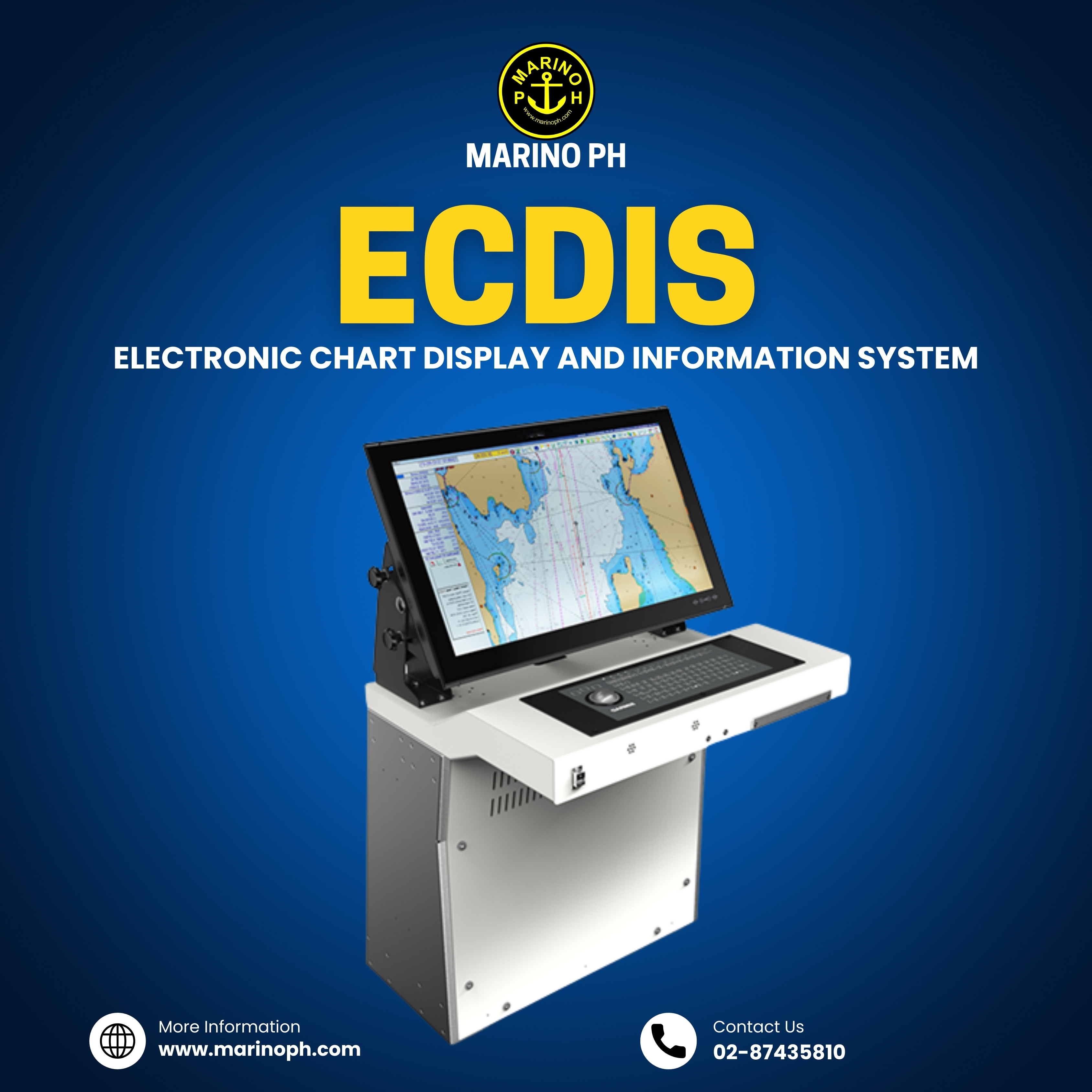
ECDIS stands fo ELECTRONIC CHART DISPLAY AND INFORMATION SYSTEM replaces traditional paper nautical charts with a digital interface that complies with International Maritime Organization (IMO) standards. It uses data from GPS, radar, AIS (Automatic Identification System), and other sensors to give the ship's crew a detailed and accurate picture of their surroundings and navigation route
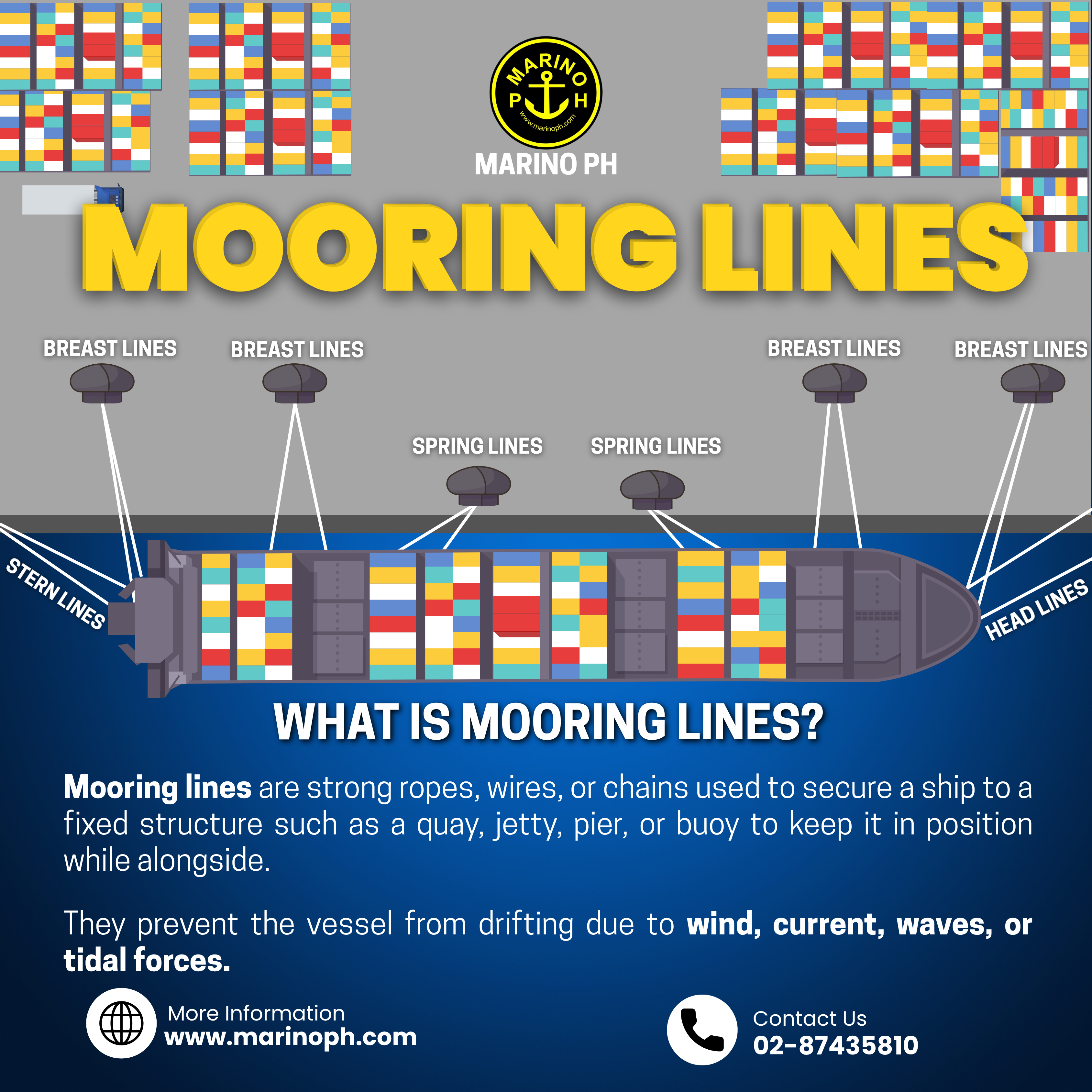
Mooring Line Arrangements: Everything You Need to Know!
Mooring lines are vital for securing a vessel to a fixed structure, such as a dock or pier, ensuring stability and safety against environmental forces like wind, waves, and currents. Whether you're a seasoned mariner or a cadet, understanding the types and uses of mooring lines is essential for safe operations. Types of Mooring Lines and Their Purposes: ⁍ Head Lines These lines extend from the bow (front) of the ship at an angle to the dock. Their primary job is to prevent the ship from moving backward and keep the bow steady near the dock. ⁍ Stern Lines Stern lines are led from the stern (back) of the ship at an angle to the dock. They ensure the stern remains secure and prevent forward movement. ⁍ Breast Lines Breast lines run nearly perpendicular to the ship, connecting it to the dock at a 90-degree angle. These lines hold the vessel close to the dock, countering forces that could pull it away, like tides or strong winds. ⁍ Spring Lines These lines run almost parallel to the ship’s hull and are crucial for preventing longitudinal movement. Forward Spring Lines: Stop the ship from drifting backward. Aft Spring Lines: Prevent the ship from moving forward. Materials Used for Mooring Lines: ⁍Synthetic Fibers Common materials: Nylon, Polyester, and Polypropylene. Benefits: Lightweight, durable, resistant to wear, and able to absorb shock loads. ⁍ Wire Ropes Made from high-tensile steel, these ropes are incredibly strong and ideal for large ships operating in tough environments. Downsides: Require frequent maintenance and are less flexible compared to synthetic ropes. ⁍ Natural Fibers Traditional materials like manila and sisal. Pros: Biodegradable. Cons: Susceptible to rot and less durable compared to synthetic options. Why Are Mooring Lines So Important? ⁍Proper mooring arrangements are critical for: ⁍Keeping the vessel stationary during cargo operations. ⁍Preventing accidents caused by drifting due to tides, waves, or weather. ⁍Ensuring the safety of the crew, the vessel, and the environment. ⁍Pro Tip: Regular inspection of mooring lines is essential to prevent failures. Always check for wear and tear, fraying, or weakening of the ropes, especially in synthetic and natural fibers. Quick Safety Reminder: Mooring operations can be dangerous. Always: ⁍Follow your ship's safety procedures and guidelines. ⁍Keep clear of snapback zones. ⁍Use proper personal protective equipment (PPE) during mooring.
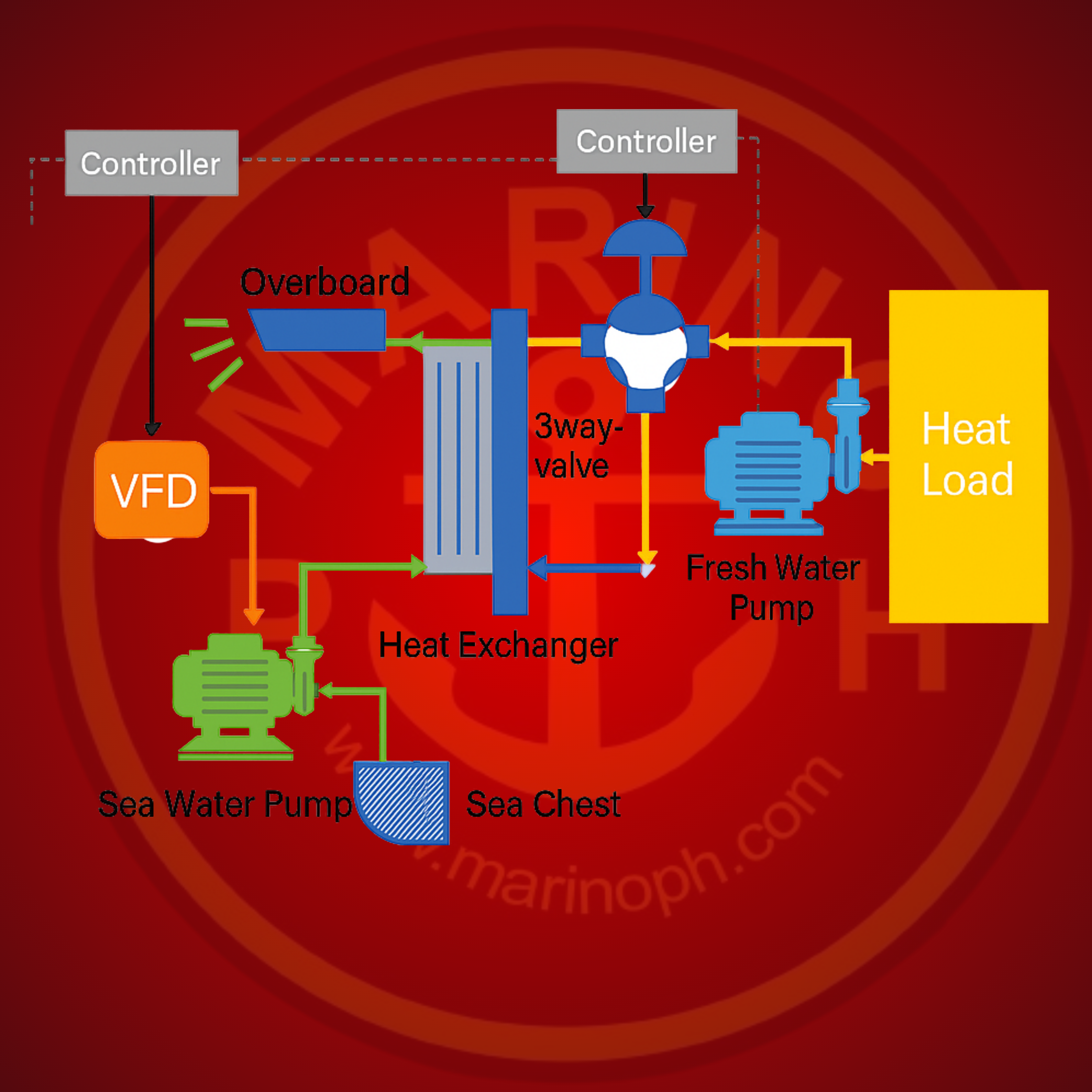
Central Cooling System (CCS) on Ships The Central Cooling System (CCS) is the primary method used on modern vessels to maintain safe operating temperatures for engines and auxiliary machinery. Instead of relying on multiple separate cooling circuits, a CCS uses a single freshwater loop to cool major equipment. This freshwater absorbs heat from engines and machinery and then transfers that heat to seawater through a central cooler. By using freshwater internally and seawater externally, the system offers both efficiency and protection for vital components. Purpose of the Central Cooling System The CCS is designed to provide a stable and controlled cooling environment for the ship’s mechanical systems. Its main purposes include: •Preventing Overheating: Engines, compressors, generators, and pumps produce significant heat during operation. The CCS ensures they remain within safe temperature ranges. •Reducing Corrosion: Freshwater circulates inside machinery rather than corrosive seawater, greatly extending equipment lifespan. •Improving Efficiency: Consistent cooling improves fuel efficiency, power output, and overall engine performance •Simplifying Maintenance: A centralized system requires fewer individual coolers, making inspection and repairs easier and more cost-effective. •Environmental and Safety Protection: Proper cooling prevents machinery failures that could lead to pollution, downtime, or emergency situations. A Brief History of Marine Cooling Systems Early ships relied on direct seawater cooling, where seawater passed directly through engines. While simple, this system caused rapid corrosion, fouling, and frequent breakdowns. As engine outputs increased with advancements in marine propulsion, a more reliable and controlled method became necessary. By the mid- 20th century, ships shifted toward a jacket-water (freshwater) cooling system, where freshwater circulated around the engine block. However, many small coolers were still used for individual machinery, creating complexity. The modern Central Cooling System emerged as a solution: •One freshwater loop for all machinery •One central cooler to transfer heat to seawater •Better temperature control and lower maintenance Today, the CCS is standard on most commercial vessels due to its efficiency and durability.
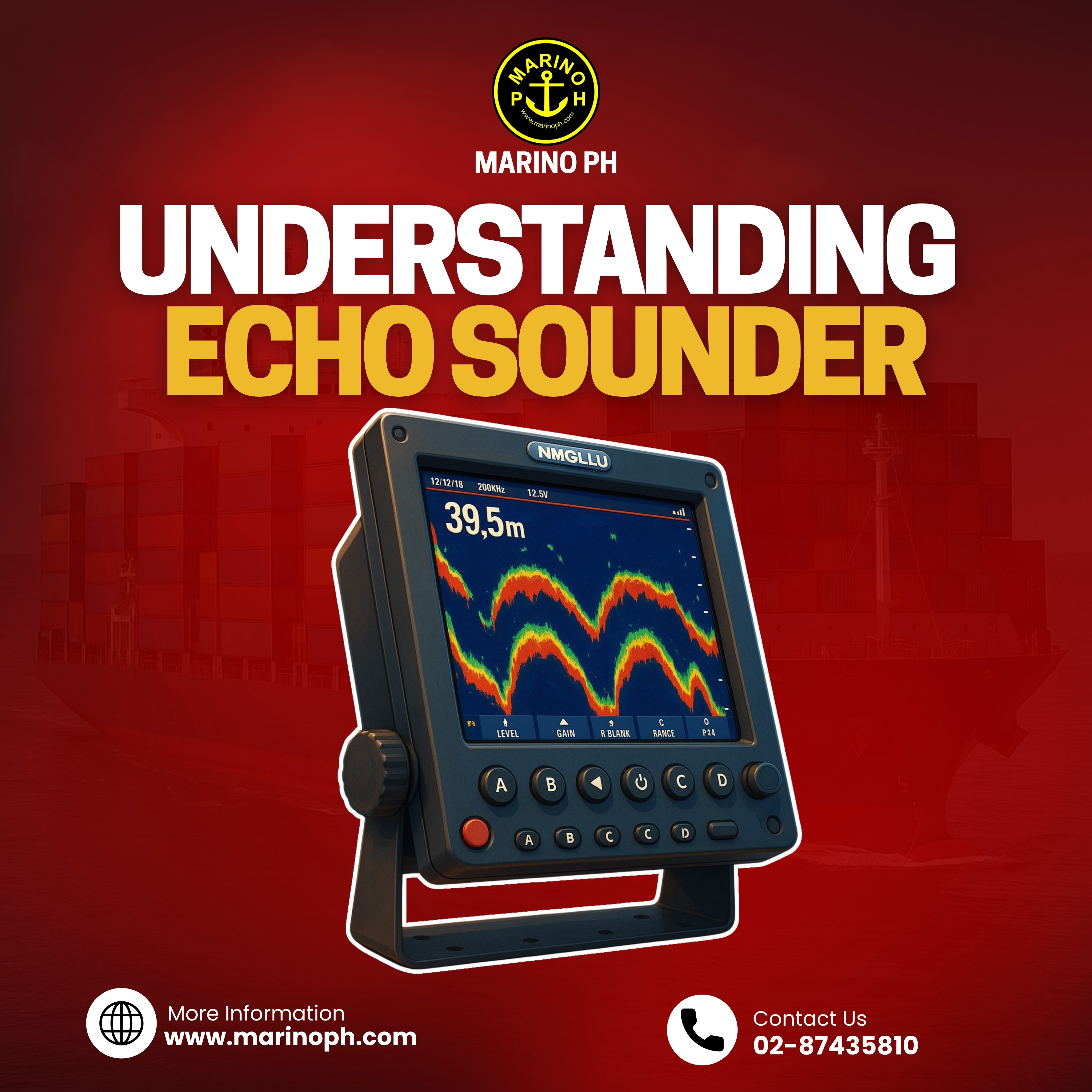
An echo sounder is an essential marine instrument that measures the depth of water beneath a vessel by utilizing sound waves. It operates on the principle of sonar (Sound Navigation and Ranging), where sound pulses are emitted into the water and their echoes are analyzed upon return. This technology has been a cornerstone in maritime navigation and research for decades . Operational Mechanism The echo sounder system comprises several key components that work in a sequence: 1. Display Unit: Serves as the interface for the operator, showing real-time data and system status. 2. Pulse Generator: Generates electrical signals that define the characteristics of the sound pulses. 3. Transmitter: Amplifies the electrical signals and sends them to the transducer. 4. Transducer: Converts electrical signals into sound waves and emits them into the water. 5. Propagation Medium (Water): The sound waves travel through the water column until they encounter an object or the seabed. 6. Echo Reception: Reflected sound waves (echoes) return to the transducer, which converts them back into electrical signals.  7. Receiver and Amplifier: Processes and strengthens the returned signals for analysis.  8. Display Unit: Presents the processed data, indicating depth readings and potential underwater objects. The time interval between the emission of the sound pulse and the reception of its echo is used to calculate the distance to the reflecting object, typically the seabed. This calculation considers the speed of sound in water, which averages around 1,500 meters per second . Importance of Echo Sounders Echo sounders play a pivotal role in various maritime activities: • Navigation Safety: By providing accurate depth measurements, they help prevent groundings and collisions with submerged hazards. • Fishing Industry: Aid in locating fish schools and understanding seabed topography, enhancing fishing efficiency. • Hydrographic Surveys: Essential for mapping the seafloor, which is crucial for charting and marine construction projects. • Scientific Research: Utilized in oceanography for studying underwater geological formations and marine life distributions. • Submarine and Military Operations: Assist in underwater navigation and detecting other vessels or obstacles. Echo sounders have evolved significantly, with modern systems offering high-resolution imaging and integration with other navigational tools. Their ability to provide real-time, accurate underwater information makes them indispensable in the maritime domain.
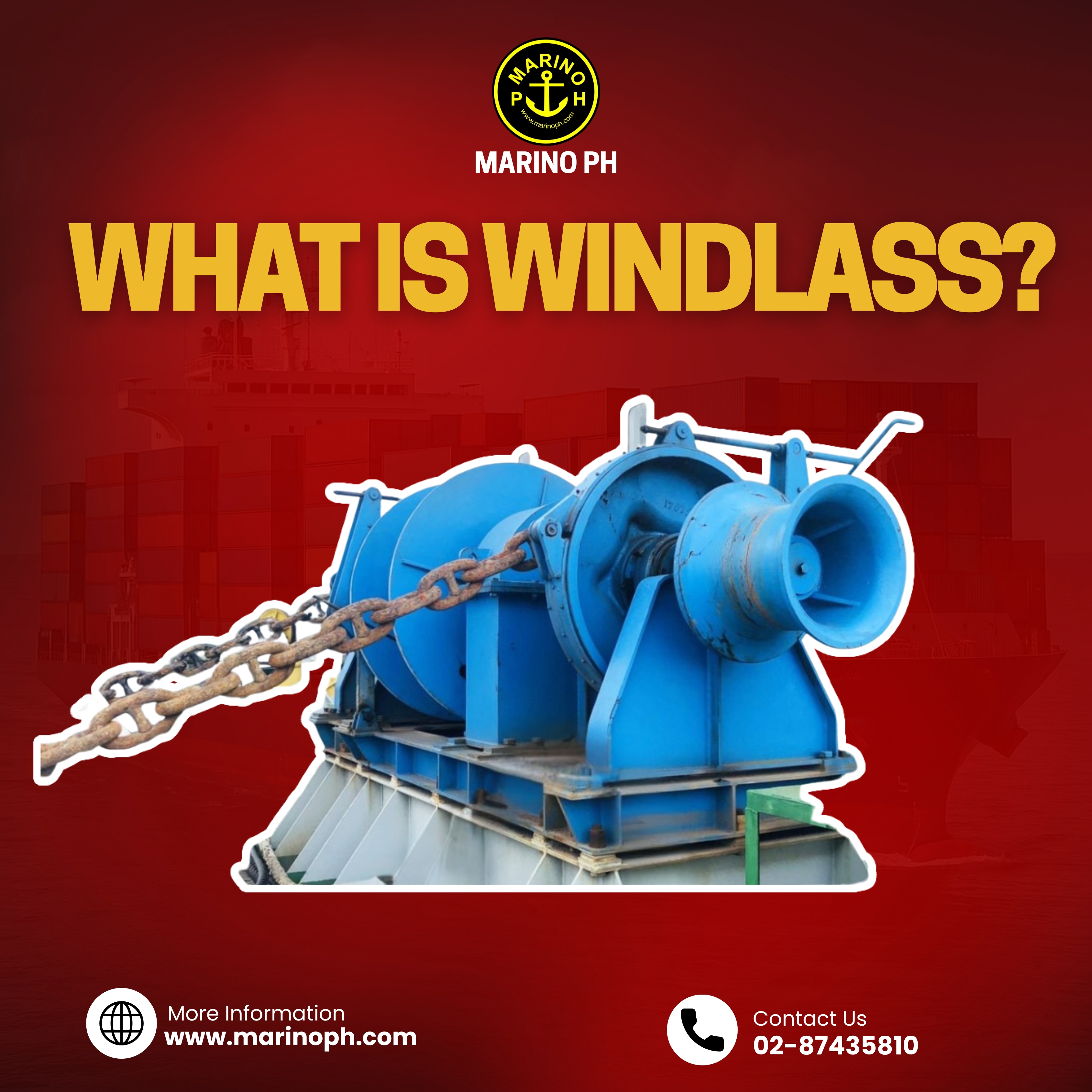
A windlass is a vital deck machinery system used on ships to hoist, lower, and control the anchor and its chain with precision and safety. Typically powered by either electric or hydraulic motors, the windlass relies on a gypsy or wildcat wheel, which is specially designed to fit the shape of chain links, ensuring a firm grip during operation. This setup allows the crew to manage heavy anchoring equipment efficiently, even in challenging sea conditions. Purpose • To lower or “let go” the anchor safely, ensuring it descends at a controlled speed • To heave up the anchor and its chain smoothly when departing or shifting position • To maintain proper control of tension and speed throughout anchoring operations, preventing damage to the equipment or sudden strain on the vessel Overall, the windlass plays a crucial role in securing a ship at anchor and ensuring safe, reliable maneuvering during critical anchoring procedures.

WHAT IS A MARINE BOILER? A marine boiler is a high-pressure vessel installed on ships to heat water and convert it into steam, which is then used for propulsion, power generation, or operating essential auxiliary systems. Unlike land-based boilers, marine boilers must be compact, durable, and capable of functioning reliably under constant motion, vibration, and varying sea conditions. Their design emphasizes strength, efficiency, and safety to ensure consistent steam production throughout a ship’s voyage. A BRIEF HISTORICAL BACKGROUND The origins of marine boilers trace back to the early 1800s, when steam engines dramatically changed maritime transportation. Early boilers were basic fire-tube types that burned coal to heat tubes carrying hot gases through water. As technology progressed into the late 19th and early 20th centuries, water-tube boilers became more common due to their ability to handle higher pressures and improved operational safety. Over time, advancements in materials, combustion systems, and automation led to compact, highly efficient boilers suited for modern vessels. These innovations not only boosted performance but also significantly enhanced reliability and crew safety. HOW A MARINE BOILER WORKS A marine boiler functions by burning fuel traditionally marine fuel oil, though alternative fuels are becoming more common inside a furnace. The heat produced travels through tubes (in fire-tube designs) or across external surfaces of water-filled tubes (in water-tube designs). As the water absorbs heat, it converts into steam under controlled pressure. The resulting steam is collected in a steam drum or header and distributed to various systems onboard. Depending on the vessel type, this steam may drive turbines, support heating systems, operate fuel or cargo-handling equipment, or power steam-driven generators. PURPOSE AND IMPORTANCE IN MARINE ENGINEERING The primary purpose of a marine boiler is to supply steam for essential shipboard operations. On older or steam-powered ships, boilers serve as the heart of propulsion systems. On most modern vessels powered by diesel or gas engines, boilers fulfill auxiliary functions—heating heavy fuel oil for proper viscosity, producing hot water, powering cargo pumps (especially on tankers), generating inert gas for safety, or driving equipment requiring steam. Without a dependable boiler, many critical tasks on board would be impossible to perform effectively.
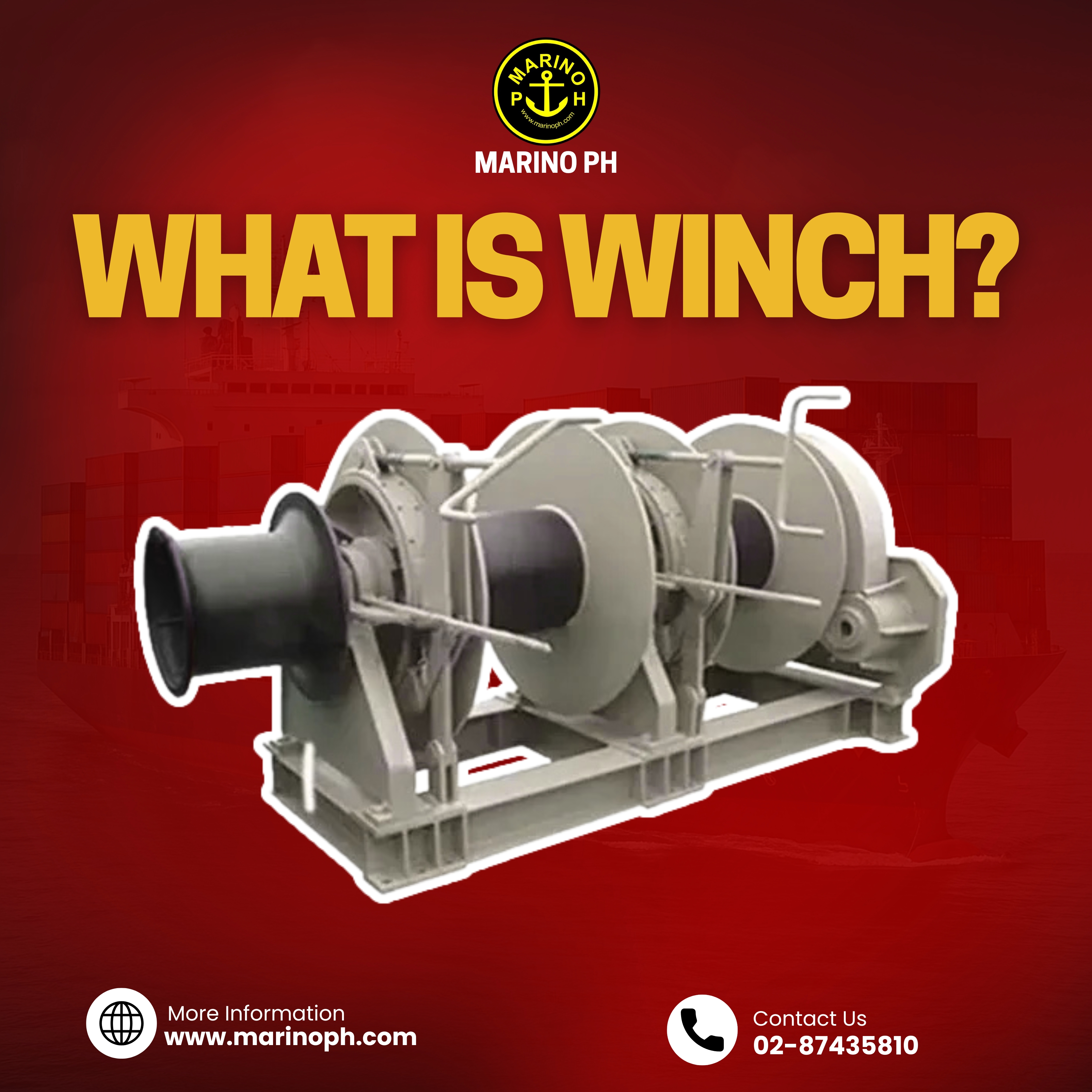
A winch is a mechanical device with a rotating drum used to pull, lift, or control heavy loads using wire rope, cable, or synthetic line. It provides controlled movement of equipment, lines, and cargo on deck. Purpose of a Winch ‣Heave in or slack out mooring lines safely ‣Lift or move heavy objects with controlled tension ‣Assist in towing, anchoring, and cargo operations I‣mprove safety and efficiency during deck tasks
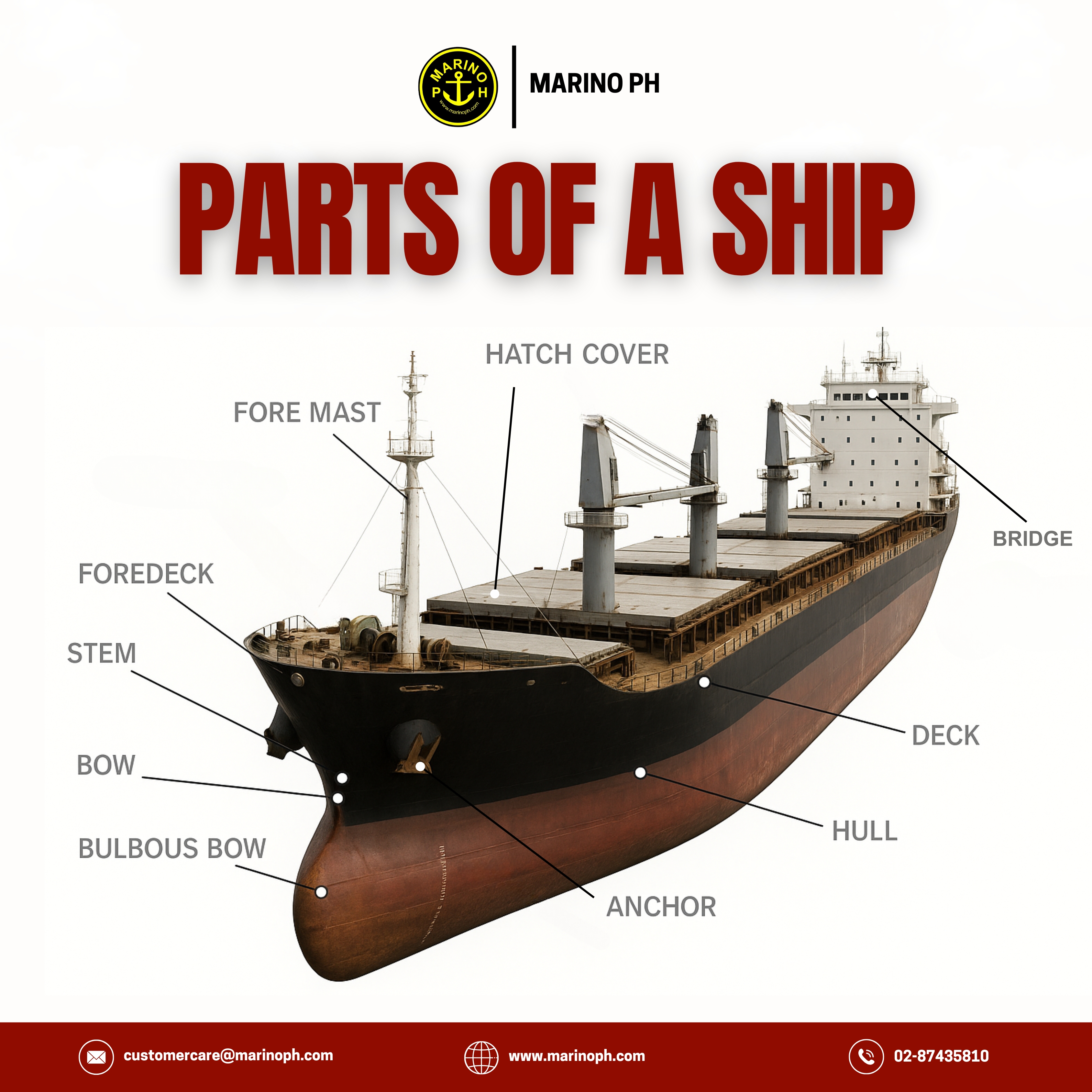
Front (Bow) Area Bulbous Bow A rounded projection located below the waterline at the forward part of the hull. It reduces wave resistance and helps improve the ship’s fuel efficiency and stability. Bow The forward-most section of the ship designed to cut through the water as the vessel moves. Stem The vertical front edge of the bow that forms the main support where the two sides of the hull meet. Foredeck The deck area located at the forward part of the ship, often used for anchor handling and mooring operations. Fore Mast A mast positioned near the bow used to mount lights, radar, antennas, and other navigational instruments. Hatch Cover A watertight cover placed over cargo holds to protect the cargo from seawater and weather exposure. Deck The main working platform of the ship where crew activities and operations take place. Hull The main outer structure or body of the ship that provides buoyancy and keeps the vessel afloat. Anchor A heavy device lowered to the seabed to hold the ship in position and prevent drifting. Bridge The command center of the ship where navigation, control, and monitoring of vessel movement and operations are performed. Midship and Superstructure Superstructure The portion of the ship constructed above the main deck, housing key operational and living spaces. Accommodation The area where the crew lives and works. It includes cabins, mess rooms, offices, and other essential living facilities. Flying Bridge / Bridge Wings Side platforms extending from the bridge used for maneuvering and observation, especially during docking and unmooring. Monkey Island An open platform located above the bridge that provides access to radar, communication, and navigation equipment, as well as offering an unobstructed view of the surroundings. Main Mast The primary mast supporting communication systems, navigation lights, and other electronic devices.

A jet chisel (also called needle scaler) is a pneumatic tool made up of multiple thin steel rods (“needles”) that rapidly move back and forth when connected to compressed air. The vibration of the needles chips away rust, old paint, scale, and marine growth on metal surfaces. Think of it as “pangbaklas ng kalawang, pero industrial version.” Purpose: • Remove rust, corrosion, and scale from steel surfaces • Prepare metal before painting, welding, or coating • Clean areas where grinders and wire brushes can’t reach (corners, tight spots, edges) • Reduce manual scraping time and physical fatigue How to Use: 1. PPE First • Safety goggles / face shield • Ear protection (maingay ’yan) • Gloves • Mask (dust/rust particles) • Proper coverall 2. Check the Tool • Inspect air hose, connectors, and needles • Ensure air compressor pressure is within recommended range (usually 90 psi ± depending on tool) 3. Connect to Compressed Air • Attach hose firmly • Open the air valve gradually 4. Operate • Hold the tool with both hands • Press the needles gently against the surface — do not push too hard • Let the vibration do the work • Work in steady strokes 5. After Use • Shut off air supply • Clean and oil the needles to prevent rust • Store in dry location
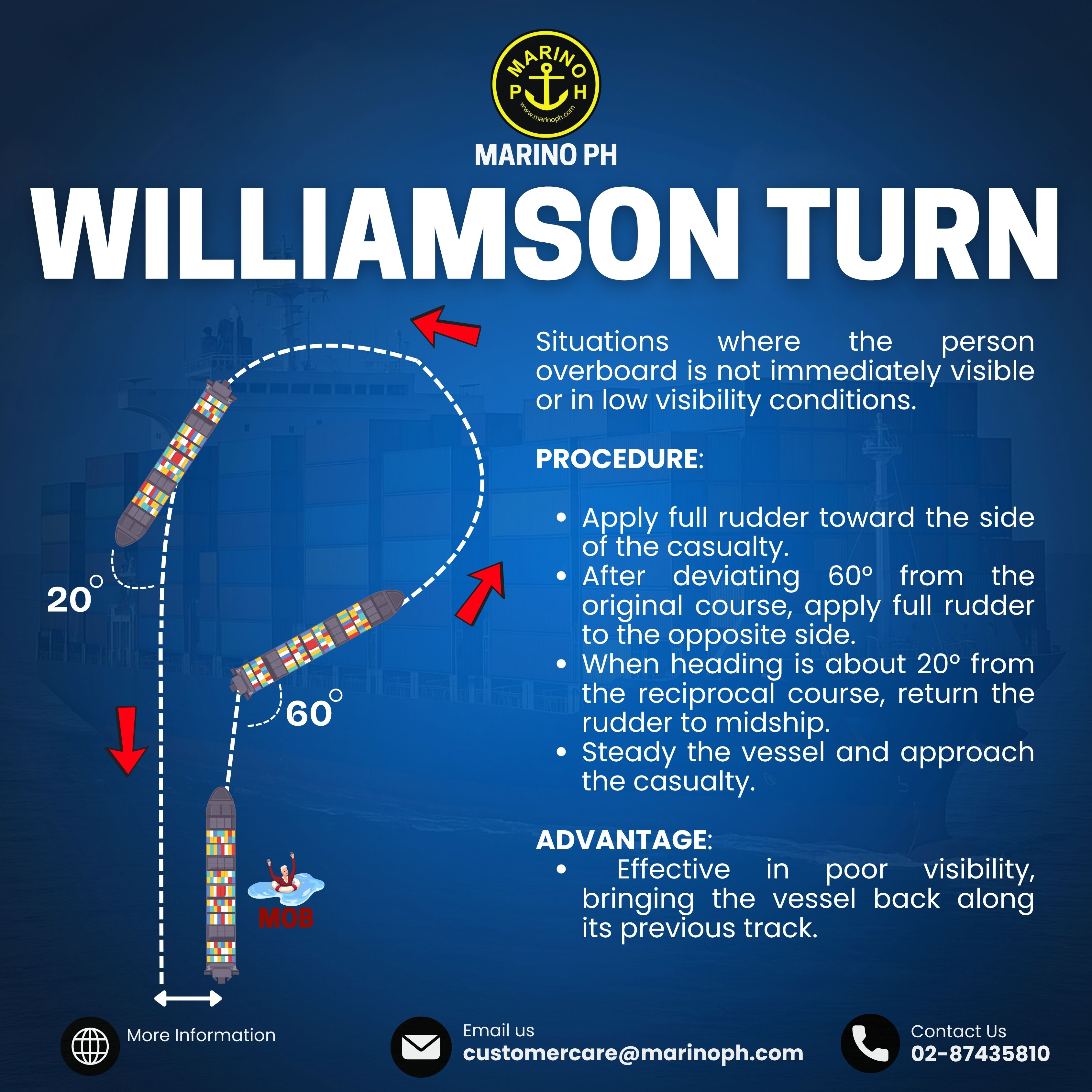
The Williamson Turn is a maneuver used to reverse the course of a vessel and return along its original track. It is primarily applied during Man Overboard (MOB) situations, especially when the exact position of the casualty is uncertain or when visibility is poor, such as at night or in fog. Purpose: • To bring the ship back onto its previous course line, improving the chance of relocating the person who fell overboard. • Ensures the vessel returns to the point of incident efficiently and safely. • Helps maintain visual and navigational reference in low-visibility conditions. Procedure: 1. Apply full rudder toward the side where the person fell overboard. 2. Allow the vessel to deviate 60° from its original course. 3. Shift full rudder to the opposite side. 4. Continue the turn until the vessel is heading about 20° from the reciprocal (opposite) course. 5. Return rudder to midships. 6. Steady the vessel on the reciprocal course and proceed back along the original track to search for and recover the casualty.
_20251104_092908_0000.jpg)
The Four Pillars of the International Maritime Organization (IMO)
The International Maritime Organization (IMO) establishes global standards to promote safety, protect the marine environment, ensure proper training of seafarers, and safeguard their welfare. These standards are anchored on four key conventions known as the 4 Pillars of IMO: 1. SOLAS – Safety of Life at Sea (1974) SOLAS is considered the most important international treaty concerning maritime safety. It sets the minimum standards for the construction, equipment, and operation of ships to ensure they are safe for both crew and passengers. This includes: • Fire protection systems • Life-saving appliances • Navigation and communication requirements • Emergency preparedness Its ultimate purpose is to prevent loss of lives at sea. 2. MARPOL – Marine Pollution (1973/1978) MARPOL addresses the prevention of pollution from ships. It regulates: • Oil and chemical spills • Sewage and garbage discharge • Air emissions from ships Its goal is to protect the marine and coastal environment by minimizing pollution from ship operations and accidents. 3. STCW – Standards of Training, Certification, and Watchkeeping for Seafarers (1978) STCW sets global training and competency standards for seafarers working on commercial vessels. It ensures: • Seafarers are properly trained, qualified, and certified • Uniform watchkeeping and operational safety practices across the world This helps maintain a high level of professionalism and safety at sea. 4. MLC – Maritime Labour Convention (2006) The MLC is often called the “Seafarers’ Bill of Rights.” It ensures that seafarers have: • Fair wages and employment contracts • Safe working and living conditions • Adequate rest hours • Medical care, social protection, and welfare The convention promotes human rights and dignity for those working at sea.

The Four-Stroke Engine The four-stroke engine is one of the most important innovations in mechanical and marine engineering. Known for its reliability and efficiency, this internal-combustion engine powers ships, vehicles, and generators across the world. Each cycle of this engine goes through four distinct strokes — intake, compression, power, and exhaust — that convert fuel into mechanical energy efficiently and cleanly. A Brief History The concept of the four-stroke cycle was first proposed in 1862 by French engineer Alphonse Beau de Rochas, who described how an engine could work more efficiently by separating the intake, compression, power, and exhaust processes. This theory was brought to life in 1876 by German engineer Nikolaus August Otto, whose engine design became known as the “Otto Cycle.” His invention marked the foundation of modern engines, influencing both automotive and marine propulsion systems.
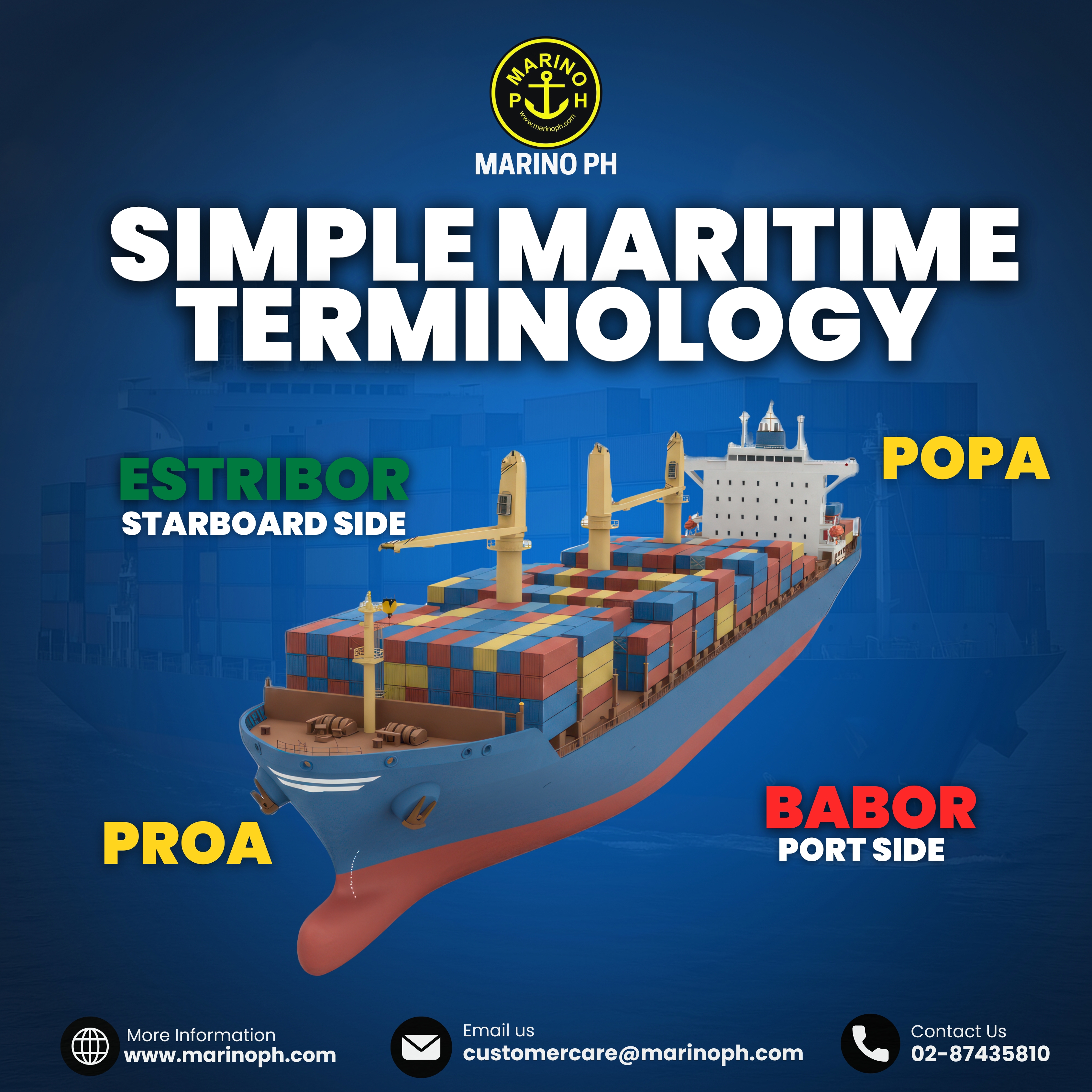
Every seafarer must know the ship’s basic directions and parts the foundation of good seamanship. ‣ PROA – The bow or front of the ship ‣ POPA – The stern or back of the ship ‣ ESTRIBOR– Starboard side (right when facing forward) ‣ BABOR – Port side (left when facing forward) ‣ CUBIERTA – Deck or surface area of the ship ‣ PUENTE – Bridge or navigation area ‣ CASCO – Hull, the main body of the ship ‣ MÁSTIL – Mast, where antennas or lights are mounted ‣ TIMÓN – Rudder, used to steer the vessel ‣ ANCLA – Anchor, used to hold the ship in place
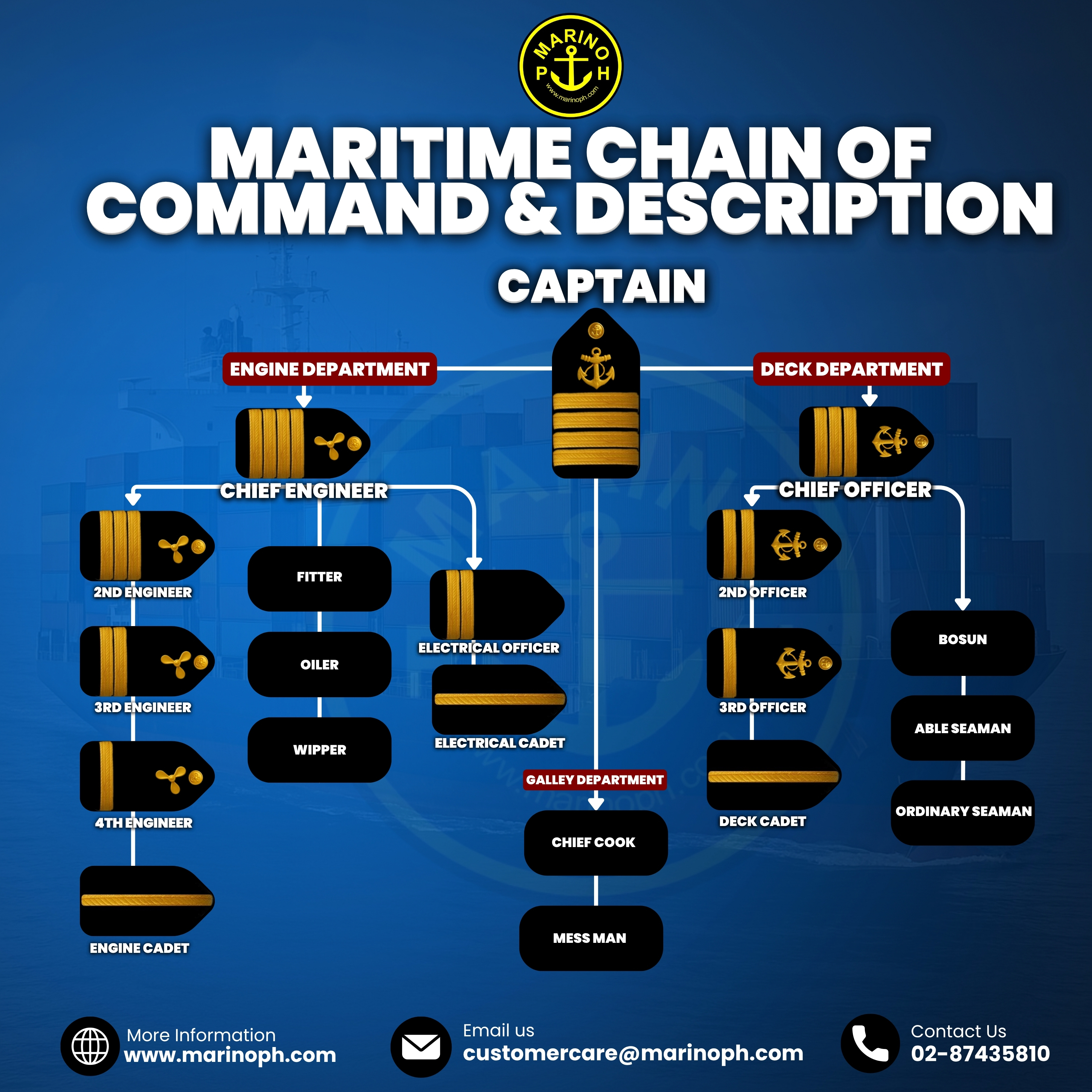
Maritime Chain of Command & Rank Descriptions
Deck Department ‣Captain (Master) – The highest authority on board. Responsible for the entire ship, crew, cargo, and safe navigation. ‣Chief Officer – Second-in-command. Manages the deck crew, cargo loading and unloading, and ensures the ship’s stability and safety. ‣Second Officer – Navigation officer. Prepares voyage plans, updates charts, and handles safety and navigation equipment. ‣Third Officer – Responsible for life-saving and fire-fighting equipment. Assists in watchkeeping and navigation. ‣Deck Cadet – An apprentice officer. Learn navigation, bridge watchkeeping, and ship operations. ‣Bosun – Leader of the deck ratings. Supervises maintenance work, painting, mooring, and deck operations. ‣Able Seaman (AB) – Skilled deck crew member. Stands watch, assists in mooring, steering, and maintenance. ‣Ordinary Seaman (OS) – Entry-level deck worker. Assists ABs and learns basic seamanship duties. ⸻ Engine Department ‣Chief Engineer – Head of the engine department. In charge of all machinery, engine room operations, and technical safety. ‣Second Engineer – Assistant to the Chief Engineer. Oversees day-to-day engine room activities and maintenance schedules. ‣Third Engineer – Maintains main engines, pumps, and fuel systems. Assists in engine watchkeeping. ‣Fourth Engineer – Handles auxiliary engines, purifiers, and daily machinery checks. ‣Engine Cadet – Trainee engineer. Observes and assists in engine room operations and machinery maintenance. ‣Oiler – Lubricates machinery and assists engineers in engine watch and maintenance duties. ‣Fitter – Skilled technician. Performs welding, repairs, and fabrication of metal parts and pipes. ‣Wiper – Entry-level engine crew. Keeps the engine room clean and assists Oilers and Fitters. ‣Electro-Technical Officer (ETO) – Responsible for electrical, electronic, automation, and communication systems on board. ‣Electrical Cadet – Assists the ETO and learns electrical maintenance and troubleshooting.
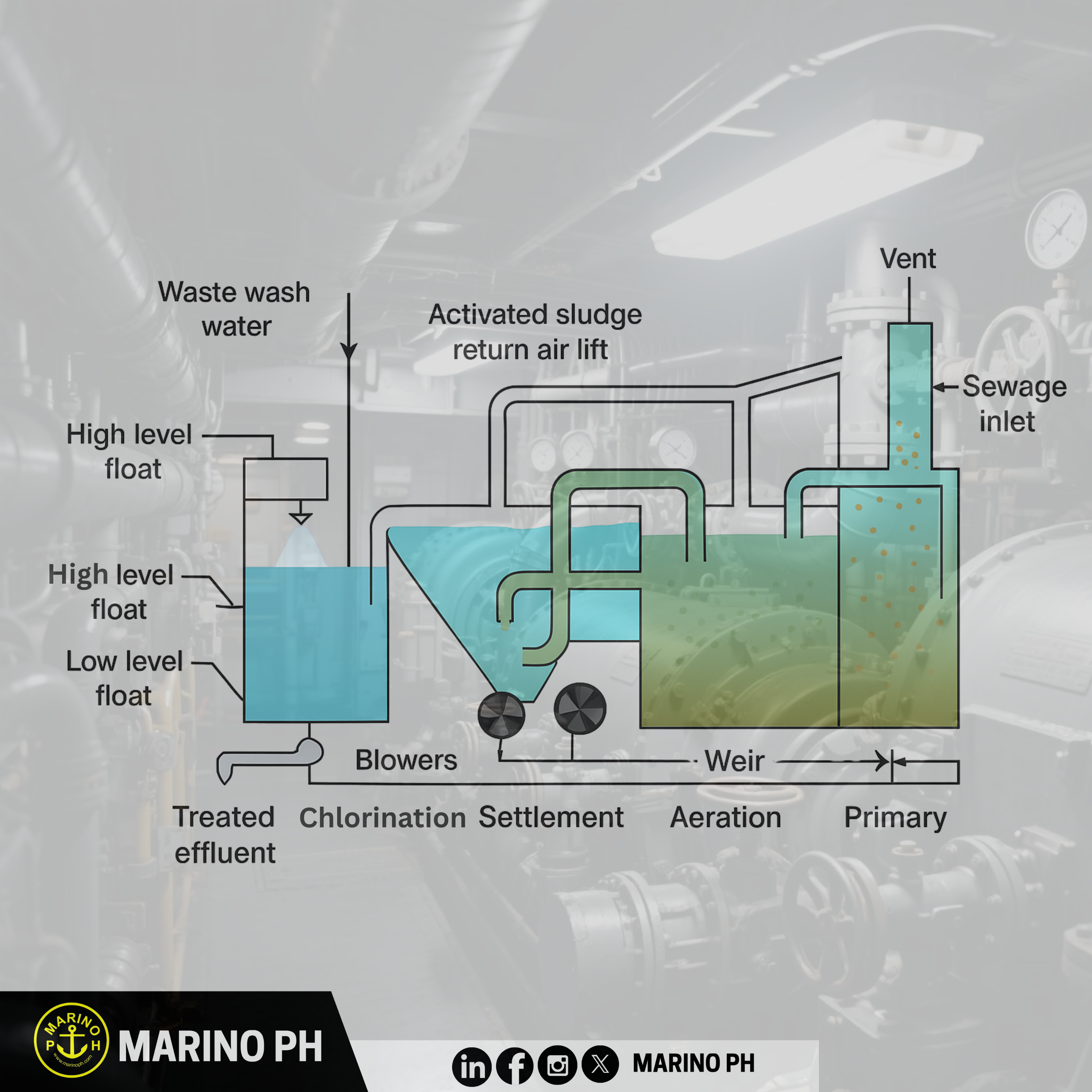
Sewage Treatment Plants Onboard Ships: Keeping Our Oceans Clean Sewage Treatment Plants (STPs) onboard ships play a crucial role in protecting our oceans from pollution. This article explores their history, purpose, importance, and operation highlighting how modern vessels manage wastewater responsibly to meet international standards and support sustainable maritime practices under MARPOL Annex IV. Introduction: Why Ships Need Sewage Treatment Plants Every ship produces sewage from toilets, galleys, and accommodation areas. If discharged untreated, this waste can harm marine life and coastal waters. To prevent pollution, ships are fitted with Sewage Treatment Plants compact systems that treat and disinfect wastewater before release, ensuring compliance with IMO regulations. Passenger ships and vessels over 400 gross tonnage must be equipped with STPs to safeguard human health and marine ecosystems. A Brief History of Sewage Treatment at Sea In the past, ships routinely released raw sewage into the ocean. Growing awareness of pollution’s impact led to international action. The International Maritime Organization (IMO) introduced MARPOL Annex IV in 2003, requiring all ships to properly manage sewage. Over time, basic holding tanks evolved into modern biological treatment units capable of producing clean effluent. Some nations, like the United States, had already established strict sewage control laws, paving the way for global standards. Purpose of a Shipboard Sewage Treatment Plant The main goal of a shipboard STP is to treat and purify wastewater before discharge. It aims to: •Remove solids and organic matter •Eliminate harmful bacteria and pathogens •Reduce odors and contaminants •Meet MARPOL and flag-state requirements Treated effluent must meet specific IMO limits on biochemical oxygen demand (BOD), suspended solids, and coliform bacteria before being safely discharged.
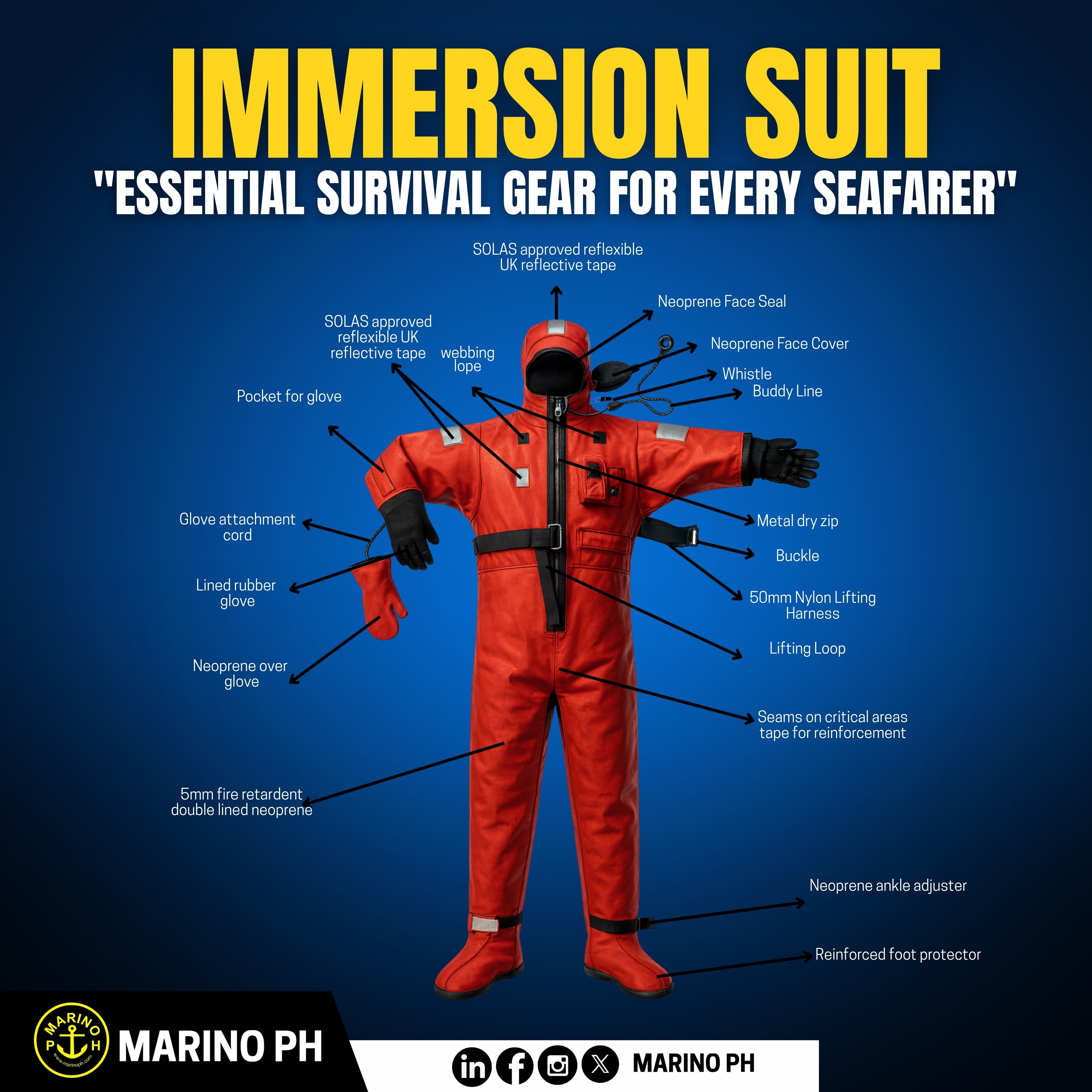
IMMERSION SUIT: Essential Survival Gear for Every Seafarer
An immersion suit also called a survival suit is a life-saving garment designed to keep seafarers protected in the event of abandoning ship, especially in cold waters. Made of insulated, waterproof material, it drastically slows body heat loss and increases chances of rescue. Purpose • Thermal Protection: Retains body heat to prevent hypothermia. • Buoyancy: Keeps the wearer afloat without the need to swim. • Visibility: High-visibility color and reflective tape help rescuers locate survivors quickly. • Survivability: Protects against wind, waves, and freezing temperatures while awaiting rescue.
.png)
2- STROKE MARINE DIESEL ENGINE A 2-stroke marine diesel engine is a type of internal combustion engine that completes all four stages of operation intake, compression, combustion, and exhaust in two piston strokes (one crankshaft revolution). It is primarily used in large ships such as tankers, container vessels, and bulk carriers because of its high power output, fuel efficiency, and ability to run continuously for long periods. The engine is designed to deliver maximum torque at low revolutions per minute (RPM), making it ideal for direct propulsion of heavy marine vessels. Purpose The main purpose of a 2-stroke marine diesel engine is to generate continuous propulsion power for ships during long-distance voyages. It provides high torque and efficiency at low speed, enabling vessels to move massive loads across oceans while minimizing fuel consumption. Its robust design, long service life, and ability to operate on different fuel types from heavy fuel oil (HFO) to marine diesel oil (MDO) make it the backbone of commercial marine propulsion. Background and History The concept of the 2-stroke engine emerged in the late 19th century, pioneered by Dugald Clerk (1878) and Joseph Day (1891). In the early 20th century, diesel technology replaced steam propulsion as shipping demanded greater efficiency. By the 1930s, manufacturers like Sulzer, MAN B&W, and Mitsubishi developed large-scale crosshead-type 2-stroke engines, setting the standard for ocean-going ships. Since the 1960s, these engines have dominated maritime transport, evolving to meet stricter emission and fuel efficiency standards. Main Components and Functions • Cylinder Liner : Forms the combustion chamber’s wall and withstands high pressure and temperature. • Piston & Rings : Convert combustion energy to motion and maintain sealing between piston and liner. • Connecting Rod & Crankshaft : Transfer and convert linear motion into rotary motion for propulsion. • Crosshead Bearing : Separates the piston and connecting rod to prevent side forces. • Scavenge Air System : Supplies fresh air for combustion and removes exhaust gases. • Turbocharger : Utilizes exhaust gas energy to compress intake air for better combustion. • Fuel Injector : Sprays atomized fuel into the combustion chamber for ignition. • Exhaust Valve : Opens to release burnt gases. • Cooling and Lubrication Systems : Control temperature and minimize wear.
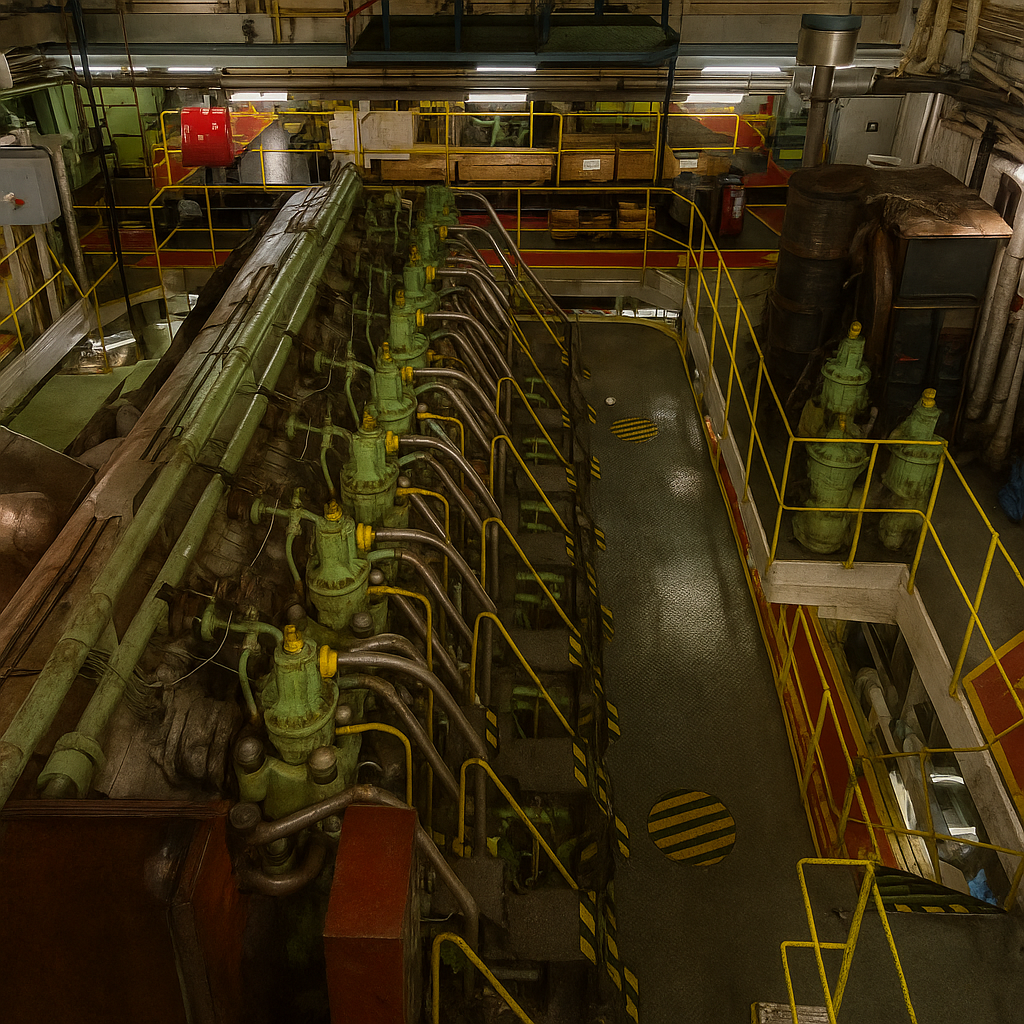
Marine Main Engine The marine main engine is the heart of a ship’s propulsion system. It is the largest and most powerful machine on board, designed to convert fuel into mechanical energy that turns the propeller and drives the vessel forward. Without it, modern shipping—responsible for carrying around 90% of the world’s trade—would not be possible. Understanding the main engine is essential for students, seafarers, and anyone interested in marine engineering. Meaning and Purpose The main engine refers to the primary source of propulsion power in a ship. Its purpose is straightforward yet vital: to provide continuous, reliable thrust to move the vessel safely across oceans. Unlike auxiliary engines, which generate electrical power for onboard systems, the main engine directly powers the propeller shaft. This distinction highlights its role as the core machinery that ensures a ship’s mobility and operational efficiency. Background Marine engines have evolved significantly since the early days of steam propulsion. In the 19th century, ships relied on coal-fired steam engines. Over time, these were replaced by more efficient internal combustion engines. Today, the most common propulsion system in large commercial vessels is the two-stroke low-speed diesel engine, valued for its efficiency, durability, and ability to burn heavy fuel oil. However, with increasing environmental regulations, new technologies and alternative fuels are reshaping the future of marine propulsion.

Understanding IMO Safety Symbols
The International Maritime Organization (IMO) safety symbols serve as universal visual guides designed to protect lives at sea. These standardized icons provide quick, clear, and language-independent instructions that help seafarers, passengers, and maritime professionals respond effectively in emergencies. Importance of Symbols on Board Onboard a vessel, safety depends not only on equipment but also on awareness. In critical situations where every second counts, IMO safety symbols minimize confusion by pointing directly to lifesaving appliances, emergency exits, fire control stations, and medical facilities. These symbols ensure that regardless of nationality or spoken language, crew and passengers can understand and act immediately. Categories of Safety Symbols The chart features a wide range of icons: • Lifesaving Equipment: Symbols for lifeboats, liferafts, rescue boats, lifejackets, immersion suits, and survival radios guide seafarers to crucial survival gear. • Emergency Actions: Icons such as eyewash, emergency stop buttons, stretchers, showers, and assembly points highlight essential emergency responses. • Evacuation Guidance: Running man symbols, arrows, escape ladders, and push-to-open signs direct safe movement during evacuation. • Communication & Fire Safety: Telephone stations, fire alarms, and firefighting systems are also clearly indicated
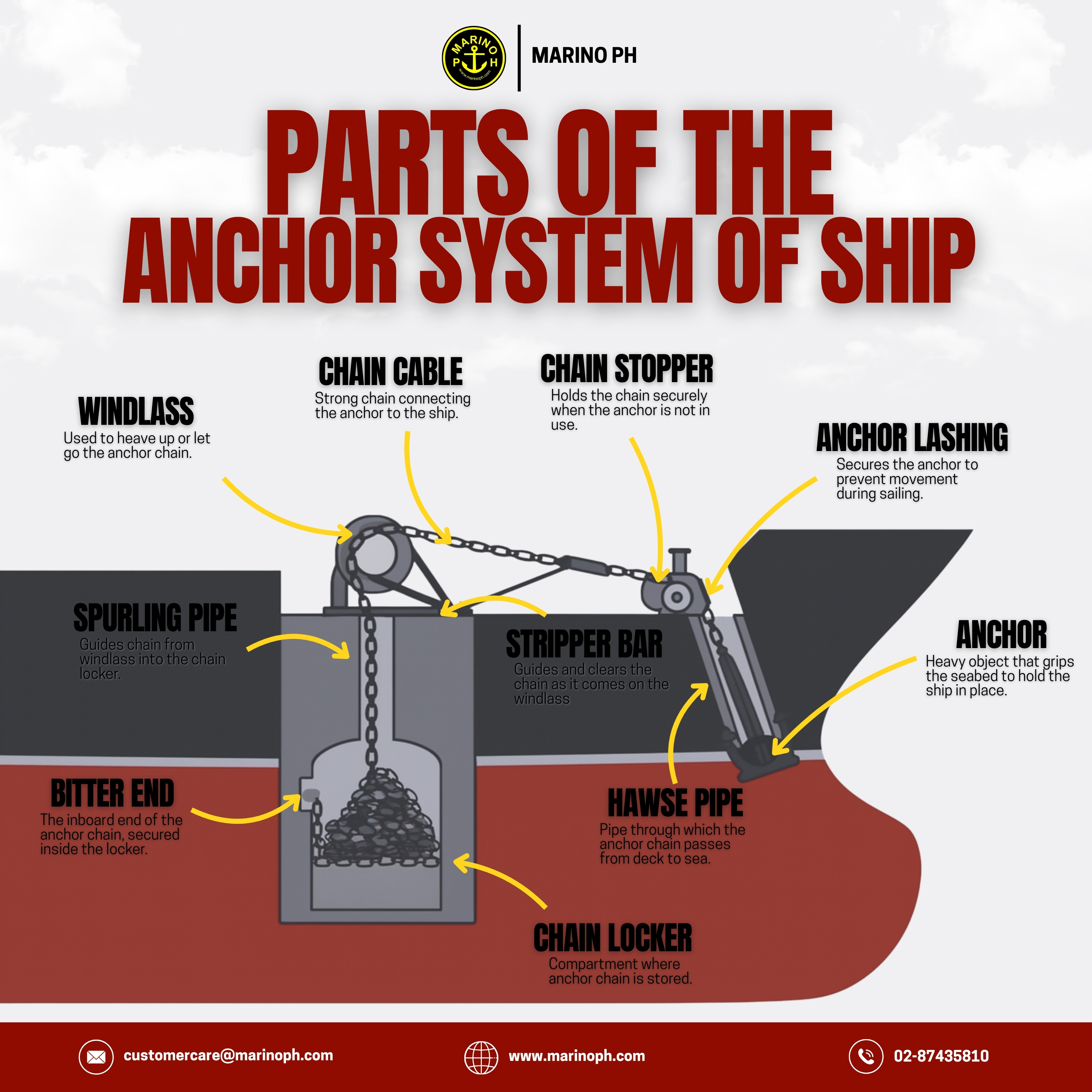
Parts of the Anchor System of a Ship
What is the Anchor System of a Ship? The anchor system is essential equipment that secures a ship in place at sea or in port. It consists of interconnected parts such as the anchor, chain, windlass, and locker, working together to prevent drifting, protect the vessel, and ensure safety during operations, emergencies, or harsh weather conditions. Parts of the Anchor System of a Ship 1. Anchor A heavy steel device that grips the seabed to hold the ship in position. It prevents drifting due to wind, waves, or current, ensuring stability and safety. 2. Chain Cable A strong, durable chain linking the anchor to the ship. Its weight and strength allow effective seabed penetration, withstand high tension, and resist corrosion in harsh marine conditions. 3. Windlass A powerful mechanical device used to heave up or let go the anchor chain. Operated hydraulically, electrically, or manually, it ensures safe, efficient anchoring operations and controlled chain movement. 4. Chain Stopper A securing device that locks the anchor chain when not in use. It relieves stress on the windlass, prevents chain slippage, and ensures safety during sailing or rough weather. 5. Anchor Lashing Strong securing arrangement that holds the anchor firmly in place while the ship is underway. It prevents unwanted movement caused by vibration, waves, or ship motion, protecting vessel structures. 6. Hawse Pipe A cylindrical pipe at the bow through which the anchor chain passes from deck to sea. It aligns and protects the chain, preventing friction damage and entanglement.

Ship Emergency Generator: Essential Safety Power at Sea On board a ship, electricity powers almost every operation from navigation and communication systems to lighting, pumps, and emergency alarms. When the main power supply fails, the safety of the vessel, its crew, and cargo relies on a reliable backup source. This is where the ship’s emergency generator becomes indispensable. Mandated by the International Convention for the Safety of Life at Sea (SOLAS), the emergency generator is a critical piece of equipment designed to supply electrical power to essential systems during emergencies. Background and Purpose The emergency generator serves as the ship’s lifeline during power loss or blackout. It automatically starts and transfers load to an emergency switchboard to ensure that key systems remain operational. Its purpose is not to run the entire ship but to sustain safety and emergency functions until the main power supply can be restored or the ship is brought to safety. The generator powers essential equipment such as emergency lighting in accommodation spaces, machinery areas, lifeboat embarkation points, and escape routes. It also supplies energy to fire detection and alarm systems, communication equipment, navigation instruments like radar and GPS, and in some cases, the steering gear. Pumps for fire-fighting and bilge operations, as well as emergency batteries and chargers, also depend on this backup system. Location and Construction To maximize reliability, the emergency generator is installed in a separate compartment from the main engine room—typically on an upper deck with its own ventilation, fire protection, and access. This arrangement prevents the generator from being compromised by incidents in the engine room. Most are diesel-driven alternators chosen for their rapid start-up capability and rugged design. They have independent fuel tanks, cooling systems, and starting mechanisms to ensure operation even if the main systems fail.

The IALA Buoyage System was developed by the International Association of Marine Aids to Navigation and Lighthouse Authorities (IALA) to create a standard method of marking channels, hazards, and safe water. Its goal is to provide mariners with a reliable guide to safe navigation, no matter where they sail. 🔹IALA Regions The system is divided into two regions: Region A Covers Europe, Africa, Australia, and most of Asia. Port-hand marks: Red Starboard-hand marks: Green Region B Covers the Americas, Japan, Korea, and the Philippines. Port-hand marks: Green Starboard-hand marks: Red
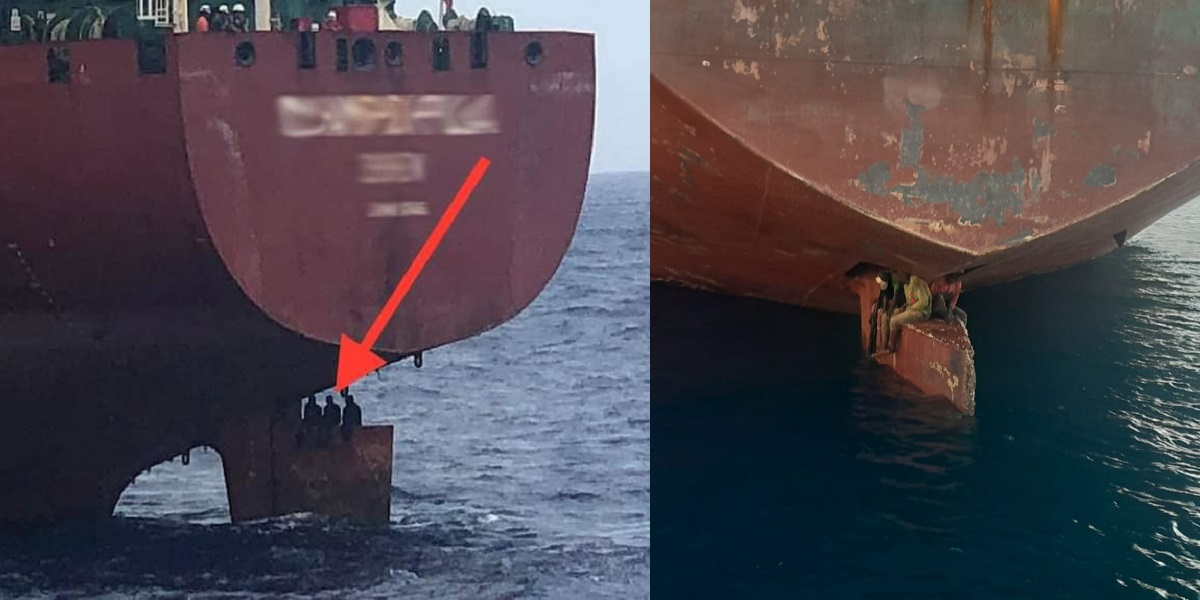
Introduction The International Ship and Port Facility Security (ISPS) Code is a comprehensive set of measures designed to enhance the security of ships and port facilities. It was adopted by the International Maritime Organization (IMO) under the framework of the International Convention for the Safety of Life at Sea (SOLAS), specifically through an amendment introduced in December 2002. The ISPS Code officially came into force on 1 July 2004, marking a turning point in maritime safety and global security.

The United Nations Convention on the Law of the Sea (UNCLOS) stands as one of the most important international agreements in maritime history, providing a comprehensive framework that governs the rights, responsibilities, and conduct of nations in their use of the world’s oceans. Adopted in 1982 in Montego Bay, Jamaica, and entered into force in 1994, UNCLOS has since become the “constitution of the oceans,” shaping the global maritime order and ensuring stability in international waters. Today, more than 160 countries, including the Philippines, are parties to this convention, making it one of the most widely recognized treaties in modern international law. At its core, UNCLOS defines the extent of maritime zones, granting coastal states sovereign rights and jurisdiction over certain areas of the seas while maintaining the principle of freedom of navigation. The convention establishes baseline measurements from which maritime zones are determined, ranging from internal waters, territorial seas, and contiguous zones, to exclusive economic zones (EEZs) and continental shelves. These zones outline the rights of coastal states to exploit resources, regulate activities, and protect their environment, while balancing the rights of other states to access international waters. The territorial sea, extending up to 12 nautical miles from the baseline, grants full sovereignty to coastal states, similar to their land territory, albeit with the obligation to allow innocent passage for foreign vessels. Beyond this lies the contiguous zone, extending up to 24 nautical miles, where states can enforce customs, fiscal, and immigration regulations. However, it is the 200-nautical-mile Exclusive Economic Zone that has arguably had the most profound impact, as it allows coastal states exclusive rights to exploit and manage natural resources, including fisheries and energy reserves. UNCLOS also addresses the rights of landlocked states by ensuring access to the seas through transit routes and cooperation with neighboring states. By codifying these provisions, the convention promotes equity among nations and prevents maritime access from becoming a privilege limited only to coastal countries. Furthermore, it establishes rules on the exploitation of the deep seabed beyond national jurisdiction, declaring it the “common heritage of mankind” and mandating that its resources be managed for the benefit of all humanity. An important element of UNCLOS is its contribution to environmental protection. The convention obligates states to prevent, reduce, and control pollution of the marine environment, whether from ships, land-based sources, or dumping. It also encourages cooperation in scientific research, preservation of rare ecosystems, and sustainable use of marine living resources. These provisions reflect the recognition that the oceans are interconnected and that environmental harm in one region can have ripple effects across the globe. UNCLOS has also proven essential in resolving disputes among states. It provides mechanisms for peaceful settlement through negotiation, arbitration, or adjudication by bodies such as the International Tribunal for the Law of the Sea (ITLOS). These mechanisms ensure that maritime disputes, whether over boundary delimitations or navigational rights, are settled according to international law rather than unilateral action or force, thereby reducing the risk of conflict. The convention further enshrines the principle of freedom of navigation and overflight, vital for global trade and security. Given that around 90% of world trade is transported by sea, these provisions protect the lifeblood of the global economy. Naval operations, commercial shipping, and international aviation all rely on the stability and predictability created by UNCLOS, underscoring its role not only as a legal framework but also as a safeguard of global commerce. Over time, UNCLOS has adapted to contemporary challenges. Issues such as maritime security, piracy, illegal fishing, and marine biodiversity beyond national jurisdiction have required new interpretations and agreements supplementary to the convention. Despite criticisms that it cannot fully address emerging issues like climate change and rising sea levels, its framework remains the backbone of modern maritime governance. For countries like the Philippines, UNCLOS is particularly significant, as it provides the legal basis for asserting rights over maritime zones and resources. The 2016 arbitral ruling on the South China Sea dispute, rooted in UNCLOS provisions, reinforced the importance of the convention as a peaceful tool for resolving maritime conflicts, affirming that international law remains the strongest shield of smaller states against larger powers. In sum, UNCLOS has become indispensable in maintaining order in the world’s oceans. It balances the interests of coastal and landlocked states, safeguards navigation rights, promot

The International Ship and Port Facility Security (ISPS) Code is a comprehensive set of measures adopted by the International Maritime Organization (IMO) under the Safety of Life at Sea (SOLAS) Convention. Established in response to heightened concerns about maritime terrorism and unlawful acts after the September 11, 2001 attacks, the ISPS Code entered into force on July 1, 2004. Its primary objective is to enhance the security of ships and port facilities by establishing a standardized, consistent framework that enables governments, shipping companies, port authorities, and other stakeholders to collaborate in identifying and addressing threats to maritime security. The ISPS Code is divided into two main parts. Part A is mandatory and lays down detailed requirements for governments, shipowners, and port facilities to follow. Part B contains recommended guidelines that provide flexibility in implementation but are not legally binding. Together, these parts form a comprehensive approach to maritime security, balancing strict compliance with adaptable measures tailored to specific risks and operational environments. Since its inception, the ISPS Code has been continuously updated to address evolving threats, including cyber risks, piracy, and organized crime affecting global trade routes. The Code applies to ships engaged in international voyages, including passenger ships, cargo ships of 500 gross tonnage and above, mobile offshore drilling units, and port facilities serving such ships. Each ship must have an approved Ship Security Plan (SSP) and designate a Ship Security Officer (SSO). Similarly, each port facility must maintain a Port Facility Security Plan (PFSP) and appoint a Port Facility Security Officer (PFSO). These officers are responsible for ensuring that security measures are implemented, drills and exercises are conducted, and compliance is maintained under the oversight of the Designated Authority from the flag or port state. A crucial feature of the ISPS Code is the establishment of three security levels, which provide a flexible and responsive framework to adapt to varying threat environments. Security Level 1 represents the normal condition, where minimum security measures must be maintained at all times. Security Level 2 is applied when there is an increased risk of a security incident, requiring additional protective measures. Security Level 3 represents the highest alert level, where a probable or imminent security threat exists, and extraordinary measures must be implemented to safeguard ships and port facilities. These security levels are set by the Contracting Governments and communicated to ships and port facilities. Ships are required to comply with the security level set by the administration of the port state they are visiting. This ensures that all parties are synchronized in their efforts, minimizing the likelihood of confusion or lapses during periods of heightened alert. The dynamic application of security levels demonstrates the adaptability of the ISPS Code to different threat scenarios, from routine operations to emergency conditions. Another critical element of the ISPS Code is the use of security assessments and plans. A Ship Security Assessment (SSA) identifies potential vulnerabilities, while the Ship Security Plan outlines the preventive, protective, and response measures to address them. Likewise, Port Facility Security Assessments (PFSA) and Plans detail site-specific risks and countermeasures. Both ships and port facilities undergo audits and verifications to ensure that these plans remain effective and updated, considering new threats such as cyberattacks targeting navigation and cargo systems. The ISPS Code also emphasizes international cooperation and information exchange. Contracting Governments are encouraged to share intelligence regarding potential threats, suspicious activities, and lessons learned from incidents. This collaborative approach enhances global maritime security, ensuring that vulnerabilities in one region do not compromise the safety of the wider international shipping community. The Code highlights that maritime security is not only a national concern but a shared global responsibility. Training and drills form an essential part of the Code’s framework. Crew members, ship officers, and port facility staff must undergo regular security training to familiarize themselves with procedures for access control, cargo inspections, restricted area monitoring, and emergency responses. Periodic drills test the readiness of personnel and the effectiveness of the security systems in place. These practices ensure that in times of real threats, the response is swift, coordinated, and efficient. Over time, the ISPS Code has expanded its scope to address emerging challenges. The increasing reliance on digital technologies in maritime operations has introduced new risks, particularly in the form of cyber threats. Recognizing this, the

SOLAS CONVENTION: LATEST UPDATES
The International Convention for the Safety of Life at Sea (SOLAS) is recognized as the cornerstone of international maritime safety law. Originally adopted in 1914 following the tragic loss of the RMS Titanic, it has since been revised several times to keep pace with technological and operational advances in shipping. The 1974 SOLAS Convention, which came into force in 1980, introduced the “tacit acceptance” procedure, allowing amendments to automatically enter into force on a specified date unless objected to by a certain number of member states. This system ensures SOLAS remains a dynamic, living instrument capable of adapting quickly to new safety concerns. SOLAS establishes uniform minimum safety standards in the design, construction, equipment, and operation of merchant ships. All ships engaged in international voyages must comply, subject to inspections and certification by their flag state administrations, as well as verification by port state control officers when calling at foreign ports. The Convention also incorporates mandatory codes such as the ISM Code, ISPS Code, Polar Code, and HSC Code, ensuring comprehensive safety measures. The treaty has grown into a holistic framework addressing every aspect of ship safety, including fire prevention, life-saving appliances, safe navigation, carriage of cargoes, maritime security, and the safe management of shipping companies. Its reach extends from traditional merchant vessels to modern high-speed craft, bulk carriers, and ships operating in polar waters. The most updated structure of the SOLAS Convention includes the following chapters: Chapter I – General Provisions: Survey, certification, and enforcement. Chapter II-1 – Construction – Structure, Subdivision, and Stability, Machinery and Electrical Installations: Integrity of ship structure and machinery. Chapter II-2 – Fire Protection, Fire Detection, and Fire Extinction: Fire safety systems, training, and response. Chapter III – Life-Saving Appliances and Arrangements: Lifeboats, life rafts, survival suits, and muster arrangements. Chapter IV – Radiocommunications: GMDSS and distress alert systems. Chapter V – Safety of Navigation: Voyage planning, navigational warnings, and mandatory equipment like ECDIS and AIS. Chapter VI – Carriage of Cargoes: Loading, stowage, and securing of general cargoes. Chapter VII – Carriage of Dangerous Goods: IMDG Code compliance and hazardous cargo provisions. Chapter VIII – Nuclear Ships: Special safety arrangements for nuclear-powered ships. Chapter IX – Management for the Safe Operation of Ships (ISM Code): Safety management systems and company responsibility. Chapter X – Safety Measures for High-Speed Craft (HSC Code): Special rules for fast passenger and cargo craft. Chapter XI-1 – Special Measures to Enhance Maritime Safety: Continuous surveys, ship identification numbers, and inspection regimes. Chapter XI-2 – Special Measures to Enhance Maritime Security (ISPS Code): Ship and port facility security levels, drills, and plans. Chapter XII – Additional Safety Measures for Bulk Carriers: Structural reinforcements and safety precautions. Chapter XIII – Verification of Compliance: IMO audits of member states’ compliance. Chapter XIV – Safety Measures for Ships Operating in Polar Waters (Polar Code): Safety, environmental, and crew training standards in polar regions. Chapter XV – Safety Measures for Ships Carrying Industrial Personnel: Safe design and operation of vessels carrying offshore or industrial workers. Chapter XVI – Safety Measures for the Carriage of More than 12 Industrial Personnel on International Voyages: Latest addition, providing detailed regulations for industrial transport. In 2024, several significant amendments entered into force, further strengthening the safety framework. Updates to Chapter II-1 on construction and stability enhanced watertight integrity and introduced refined methods for damage stability calculations. These improvements, particularly in Parts B-1, B-2, and B-4, applied to new vessels and modernized long-standing requirements. Fire safety also received attention, with amendments to the Fire Safety Systems (FSS) Code easing requirements for individual detector isolators, balancing safety with practical shipboard application. Changes to the Life-Saving Appliances (LSA) Code clarified standards for launching appliances, including rescue boats and free-fall lifeboats, while providing exemptions from certain dynamic testing requirements. At the same time, the International Code of Safety for Ships using Gases or Other Low-flashpoint Fuels (IGF Code) was updated, reinforcing provisions on fire protection, fuel distribution, and fixed extinguishing arrangements. These changes ensured that ships using LNG and other alternative fuels maintained higher safety margins. Other 2024 amendments addressed mooring equipment, requiring de
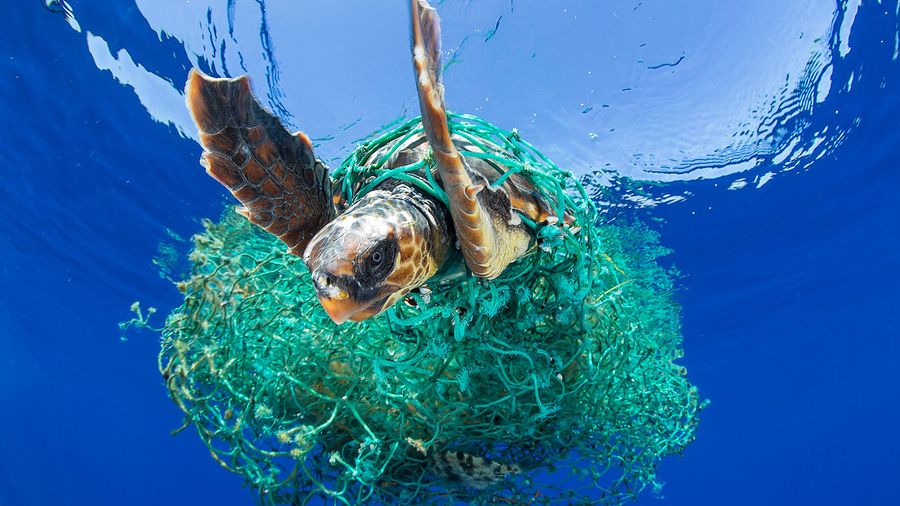
MARPOL 73/78 CONVENTION: LATEST UPDATES
The International Convention for the Prevention of Pollution from Ships, 1973, as modified by the Protocol of 1978, more commonly referred to as MARPOL 73/78, is the primary international agreement developed by the International Maritime Organization to prevent pollution of the marine environment from ships. Adopted in response to growing concern over oil spills and vessel discharges in the 1970s, it has since evolved into a comprehensive framework that addresses multiple forms of ship-source pollution. Together with SOLAS, MARPOL is regarded as one of the twin pillars of international maritime law, protecting both human life and the natural environment. MARPOL applies to all ships, though its requirements vary depending on size, type, and operation. Compliance is ensured through certification by flag states, enforcement by port state control, and the application of special provisions for designated “special areas” and “emission control areas” where stricter rules apply. Over the years, the Convention has grown through six technical annexes, each dedicated to a specific category of pollution. These annexes are the foundation of MARPOL and remain central to its implementation. Annex I addresses the prevention of pollution by oil. It includes requirements for double-hulled oil tankers, oil discharge monitoring and control systems, oily water separators, and record books. It is one of the most detailed annexes, reflecting the seriousness of oil pollution incidents. Annex II concerns the control of pollution by noxious liquid substances carried in bulk. It establishes categories for chemicals, prewash procedures, and restrictions on discharges, requiring chemical tankers to operate under strict safety and environmental standards. Annex III regulates the prevention of pollution by harmful substances carried by sea in packaged form. It is closely linked to the International Maritime Dangerous Goods (IMDG) Code, ensuring labeling, packaging, and documentation are standardized. Annex IV covers the prevention of pollution by sewage from ships. It requires ships to install approved sewage treatment plants or holding systems and regulates discharges into the sea, particularly in designated sensitive areas. Annex V deals with the prevention of pollution by garbage from ships. It prohibits the discharge of plastics, restricts the disposal of other wastes, and requires vessels to maintain garbage management plans and record books. This annex has been strengthened repeatedly to reflect the global urgency of reducing marine litter. Annex VI addresses the prevention of air pollution from ships. It limits emissions of sulfur oxides (SOx) and nitrogen oxides (NOx), regulates fuel oil quality, prohibits ozone-depleting substances, and introduces greenhouse gas reduction measures such as the Energy Efficiency Design Index (EEDI), Ship Energy Efficiency Management Plan (SEEMP), and the Carbon Intensity Indicator (CII). It also establishes Emission Control Areas where more stringent standards apply. Recent amendments highlight MARPOL’s responsiveness to modern environmental challenges. In 2024, Annex I was updated to require improved oil discharge monitoring equipment, while Annex II introduced expanded prewash obligations in the Baltic and North Sea to reduce chemical residues. Annex IV tightened sewage effluent standards, and Annex V expanded garbage management requirements to smaller ships and reinforced prohibitions on plastics. Annex VI amendments in 2024 introduced stricter nitrogen oxide limits for new engines and strengthened rules for ships using alternative fuels, ensuring adequate fire protection and fuel distribution systems in parallel with the IGF Code. By 2025, MARPOL continues to advance global decarbonization and environmental protection objectives. Annex VI now mandates enhanced monitoring and verification of the Carbon Intensity Indicator, requiring ships to achieve satisfactory efficiency ratings or adopt corrective action plans. This step places greater responsibility on shipping companies to reduce operational emissions. Electronic record books for oil, garbage, and cargo handling operations are increasingly being accepted in place of paper logs, reflecting the shift toward digital compliance and reducing administrative burdens. New reporting obligations for lost containers at sea, coordinated with parallel SOLAS amendments, will also apply from 2026, ensuring faster notification to authorities and minimizing environmental and navigational hazards. Annex III, through updates aligned with the IMDG Code, further enhances labeling and documentation for harmful substances in packaged form. These updates underline MARPOL’s role as a living instrument that evolves in response to both long-standing pollution risks and emerging challenges such as climate change, marine litter, and the transition to alternative fuels. The integration of greenhouse gas measures under Annex VI,
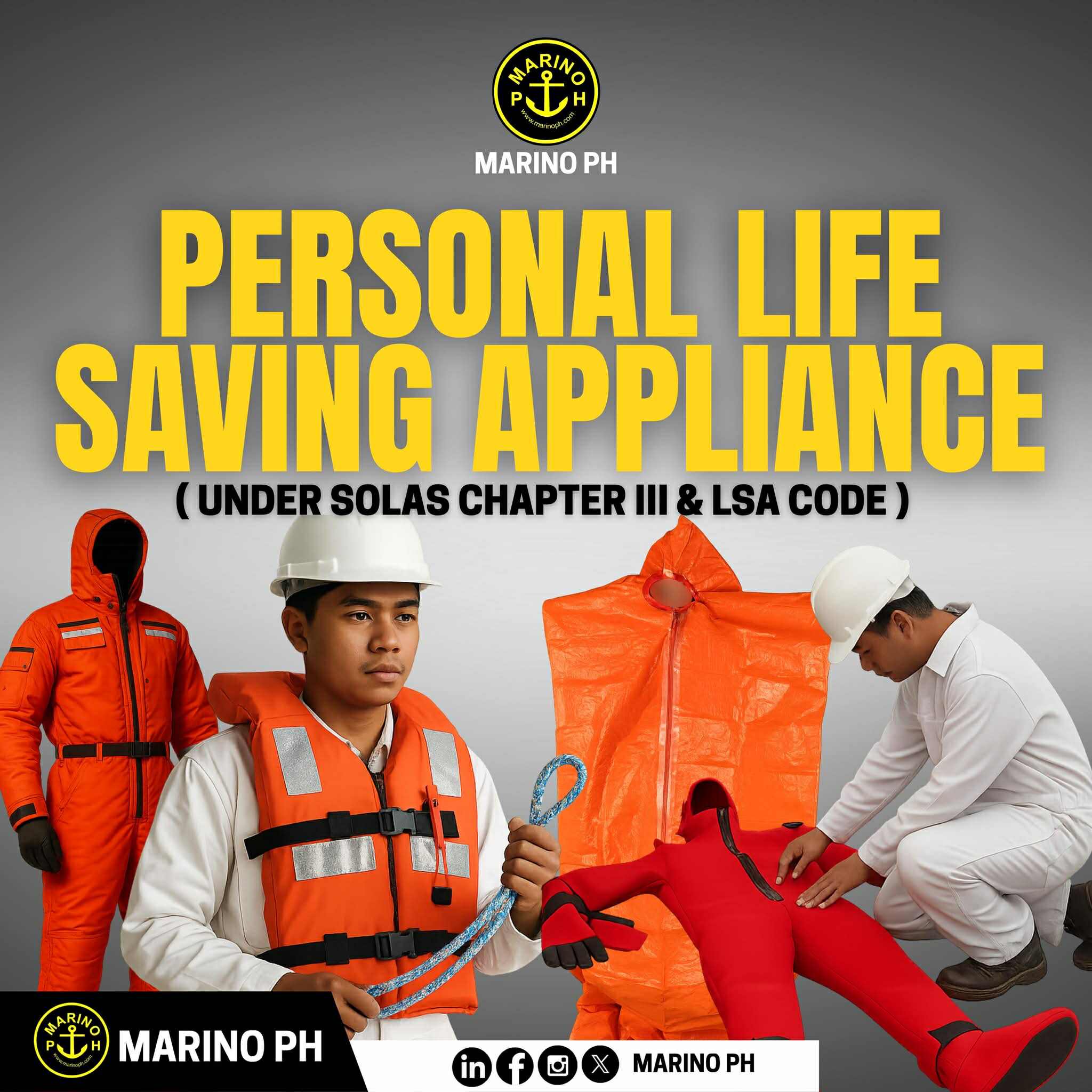
PERSONAL LIFE SAVING APPLIANCE
The International Life-Saving Appliance Code, known as the LSA Code, is the technical backbone of Chapter III of the SOLAS Convention, setting the global standard for life-saving appliances carried on board ships. It was created to ensure uniform safety requirements across the maritime industry, covering the design, construction, and performance of all critical survival equipment. Its scope includes personal protective gear such as lifejackets, immersion suits, anti-exposure suits, and thermal protective aids; visual signaling devices like parachute rockets, hand flares, and buoyant smoke signals; as well as survival craft, rescue boats, launching appliances, marine evacuation systems, line-throwing devices, and general emergency alarms. By harmonizing specifications worldwide, the LSA Code ensures that seafarers and passengers can rely on equipment that functions effectively in emergencies, regardless of where a vessel is registered or built. Since its adoption in the late 1990s, the LSA Code has been continuously updated to incorporate new technologies, lessons learned from incidents, and advancements in safety engineering. Earlier consolidated editions captured amendments to survival craft standards, performance requirements for lifejackets, and the inclusion of improved thermal protection. Over time, revisions have refined lifeboat release gear standards, introduced stricter testing procedures, and improved design features for ease of use and reliability. These updates reflect the constant commitment of the international maritime community to keep safety requirements relevant and aligned with practical challenges at sea. As of 2025, the LSA Code has seen further refinements that enhance its application to modern vessels. One of the most significant ongoing developments concerns ventilation requirements for partially enclosed lifeboats, aimed at ensuring carbon dioxide concentrations remain at safe levels for all occupants. Another focuses on the safe simulation of free-fall lifeboat launches, requiring test devices to withstand high shock loads with reinforced safety factors. These amendments, expected to take effect in the coming years, highlight the Code’s proactive stance on addressing risks even before they become widespread problems. The continuous improvement process reflects the IMO’s recognition that evolving ship designs and operating environments demand equally evolving safety equipment. Beyond these technical adjustments, the LSA Code provides very detailed requirements for the construction and outfitting of life-saving appliances. Liferafts, for example, must be capable of carrying a minimum of six persons, provide adequate ventilation even when entrances are sealed, and include systems for rainwater collection, radar transponder mounting, and external lifelines. Containers must be clearly marked depending on the voyage type, and painter lines must meet specific strength requirements to ensure safe deployment. Similarly, thermal protective aids are required in survival craft to guard against hypothermia, while immersion suits and lifejackets must not only provide buoyancy but also visibility, durability, and ease of donning under emergency conditions. Altogether, the LSA Code forms a dynamic and indispensable framework that ensures life-saving appliances are reliable, standardized, and effective across the global fleet. It demands rigorous testing, marking, and maintenance regimes to guarantee that equipment performs when needed most. By mandating clear performance benchmarks and updating them regularly, the Code ensures that every seafarer and passenger has the best possible chance of survival in an emergency. As shipping continues to evolve, the LSA Code remains at the center of maritime safety, embodying the SOLAS principle that the preservation of human life at sea is paramount.

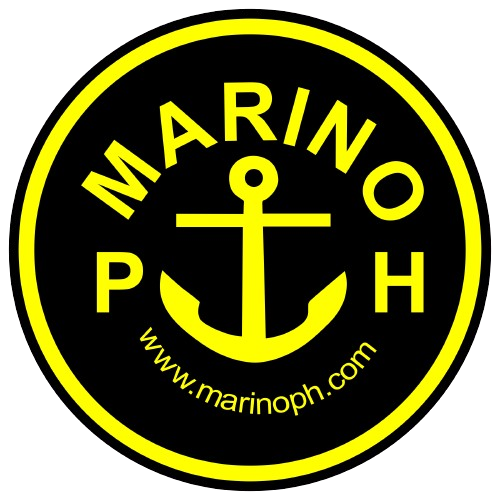
The largest maritime community in the Philippines
© 2025 All Rights Reserved.
+63 (02) 8743 5810
customercare@marinoph.com
Agoncillo Building, 1580 Taft Ave, Ermita, Manila City, 1000 Metro Manila